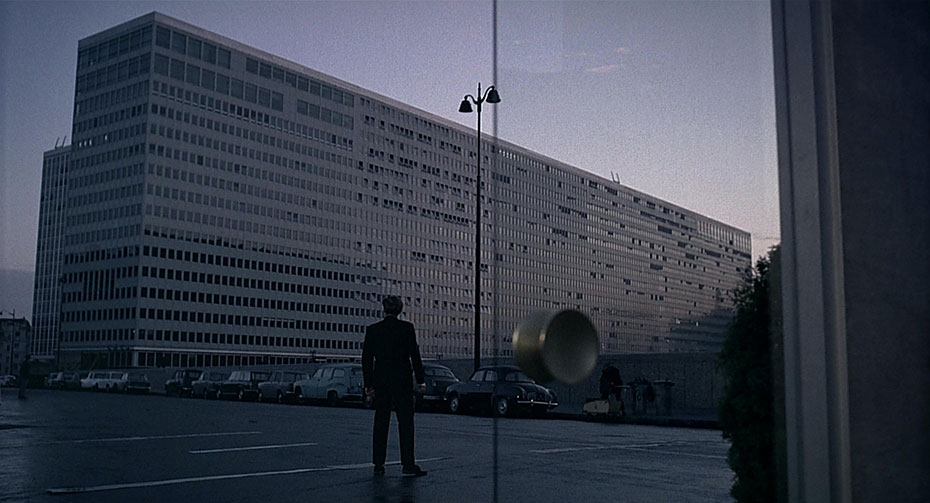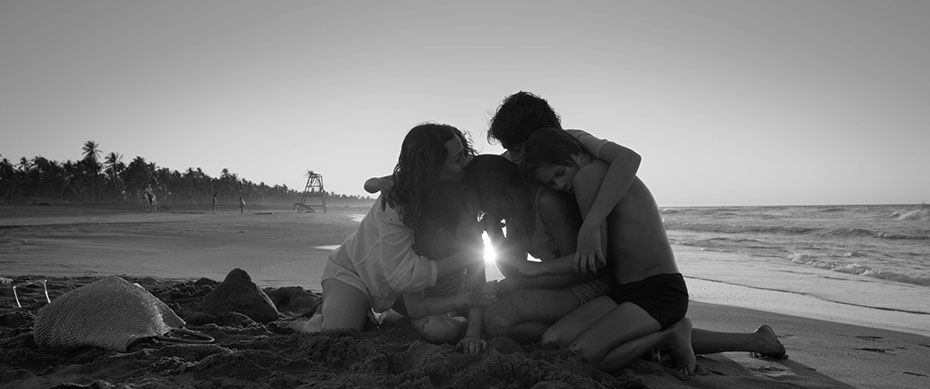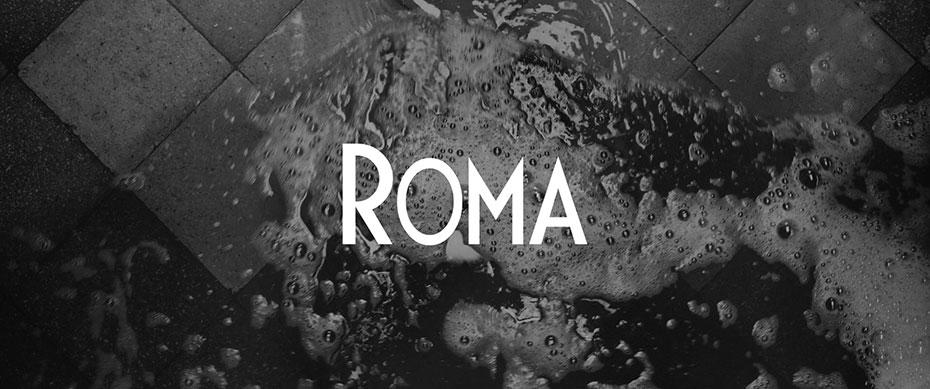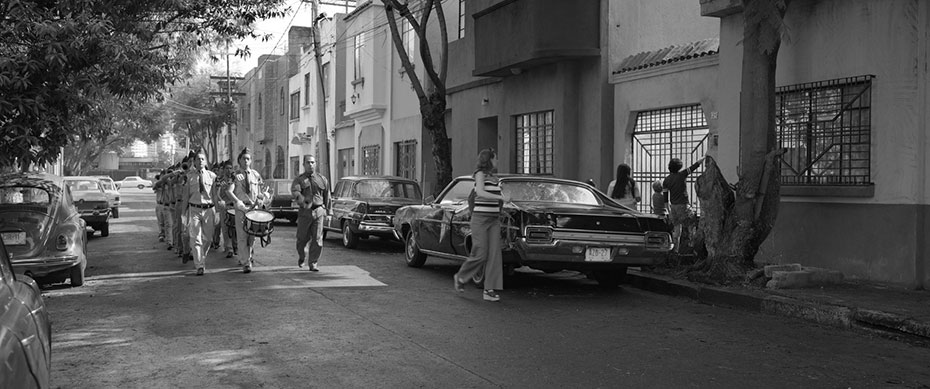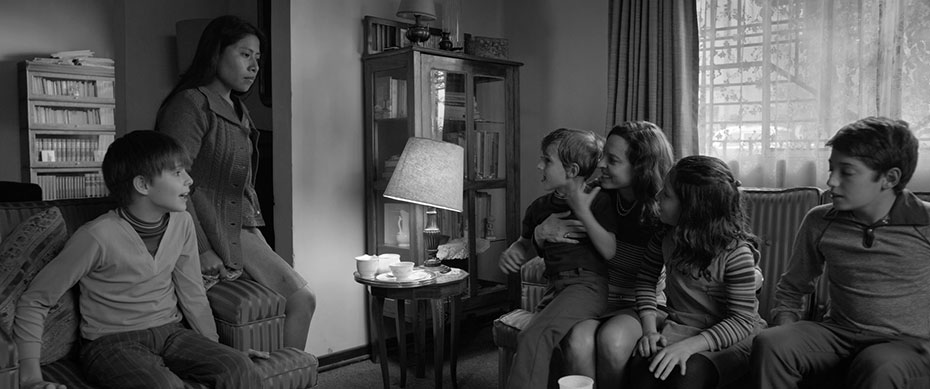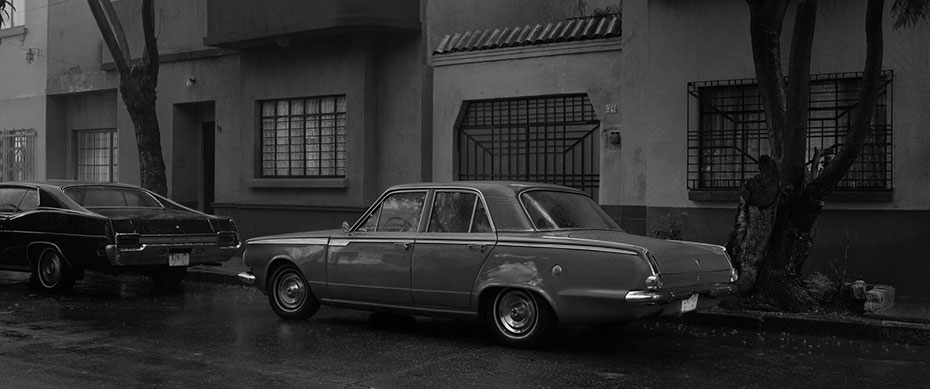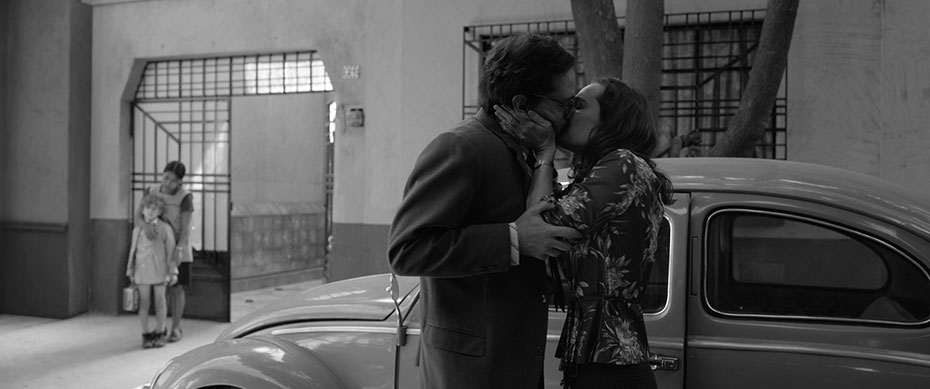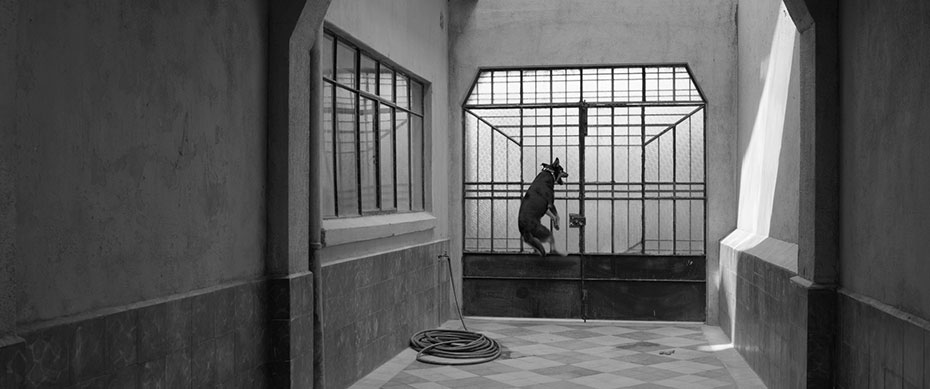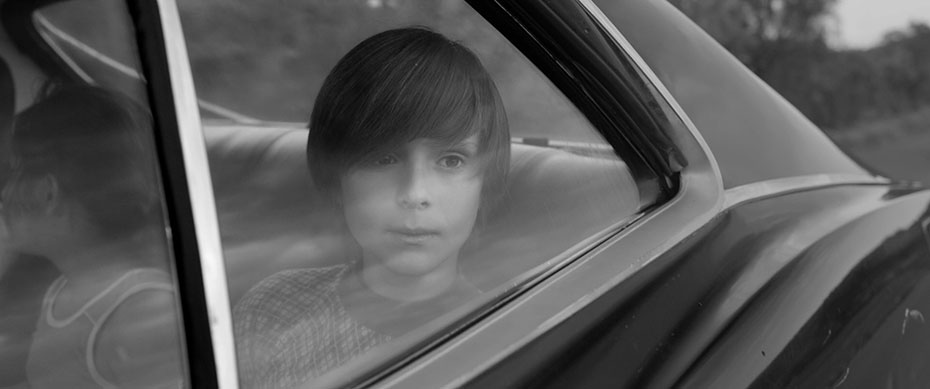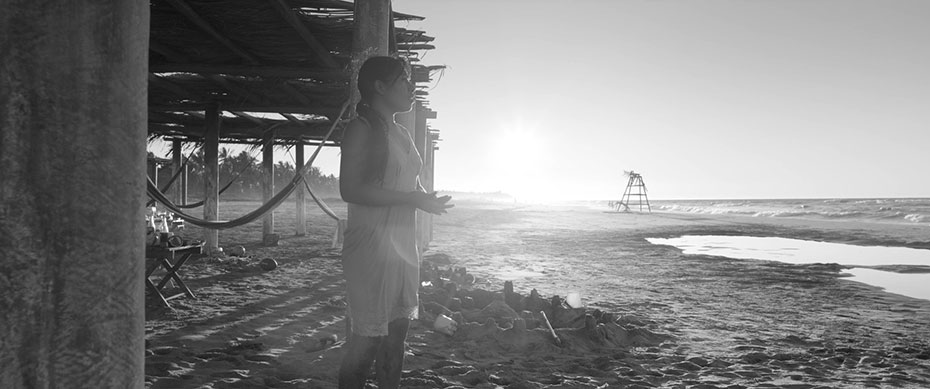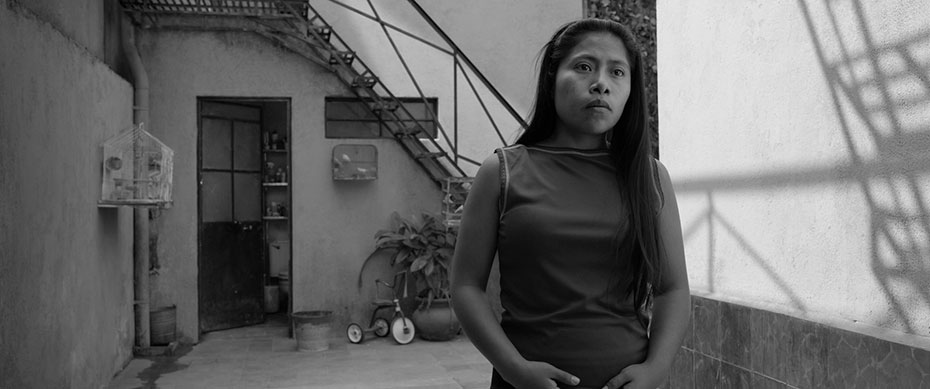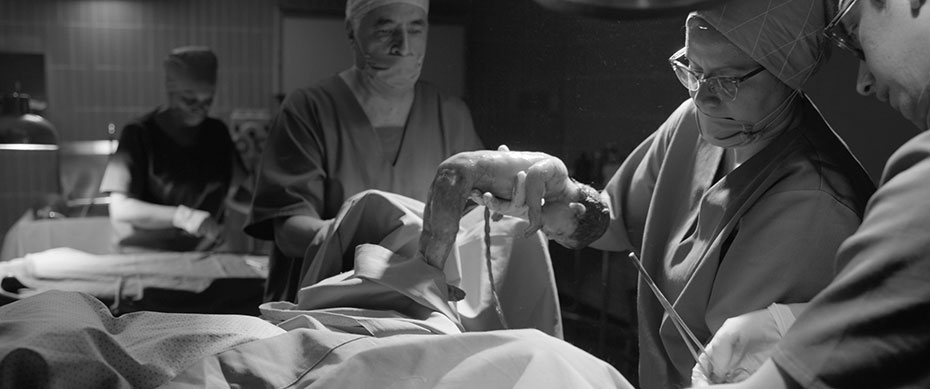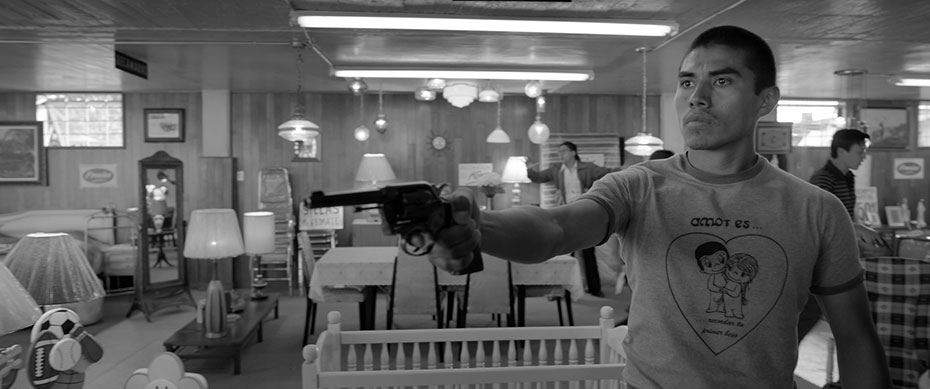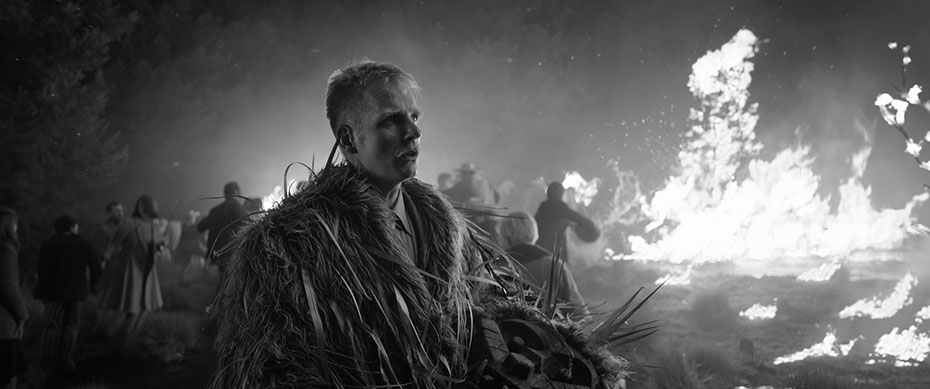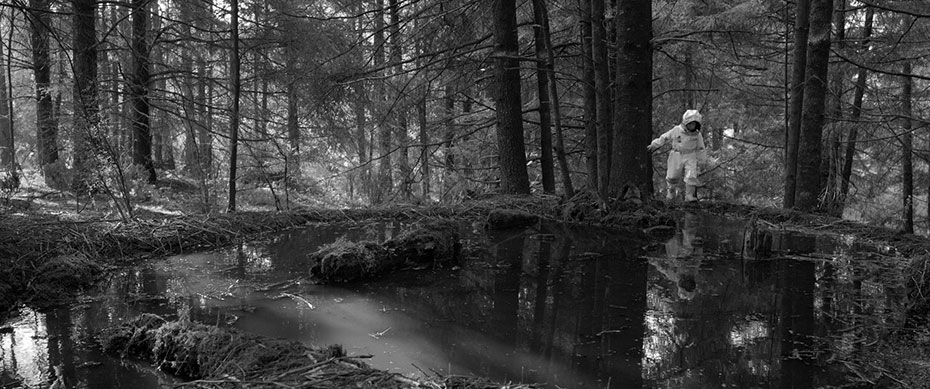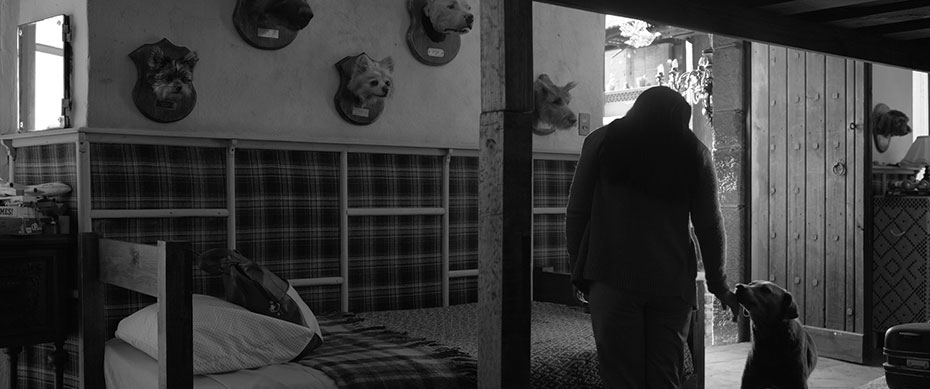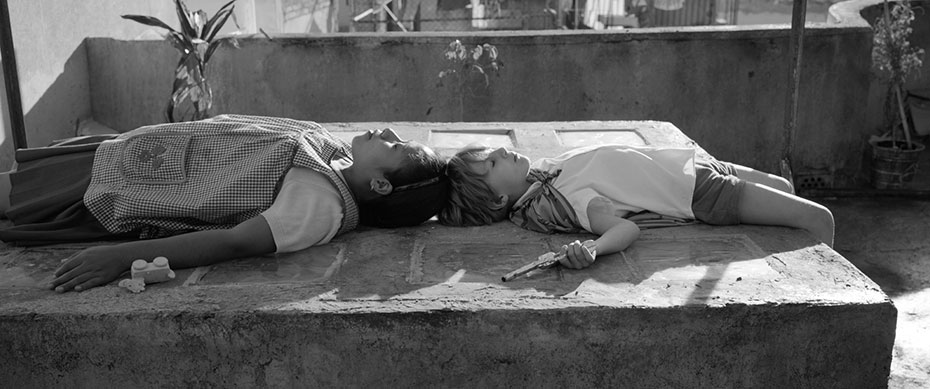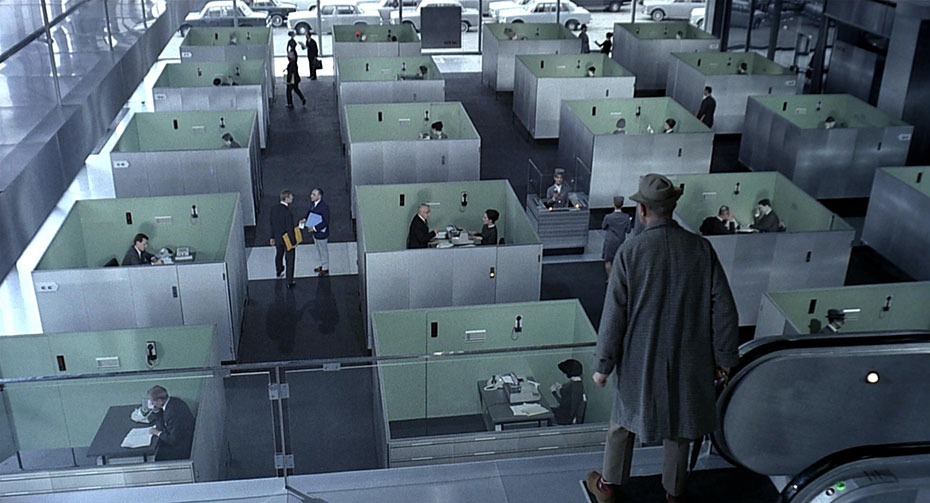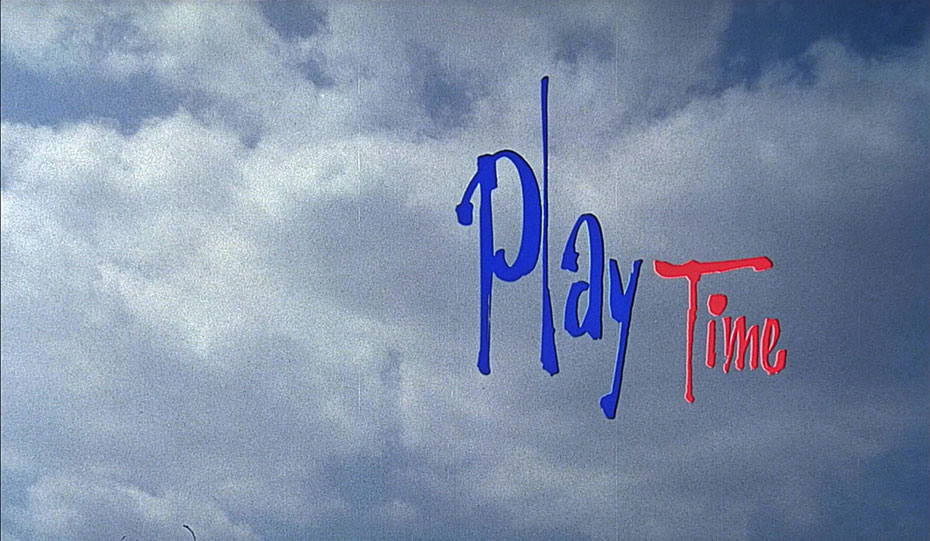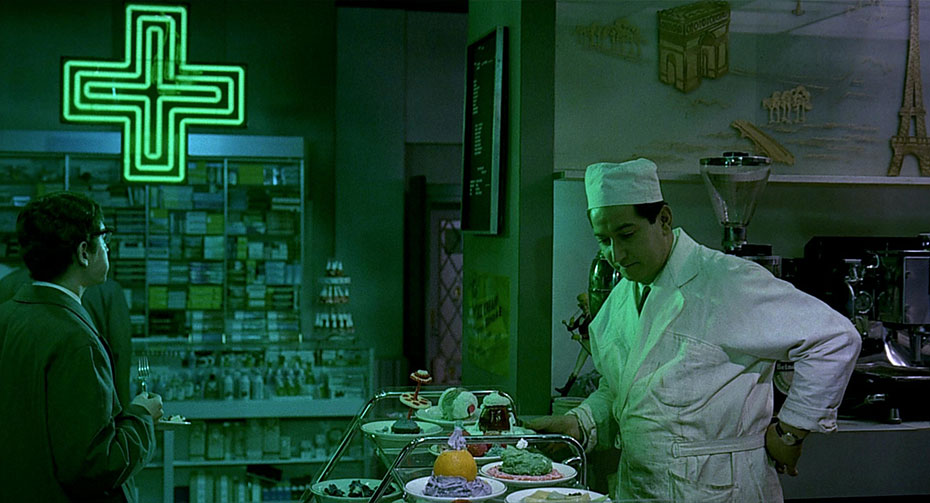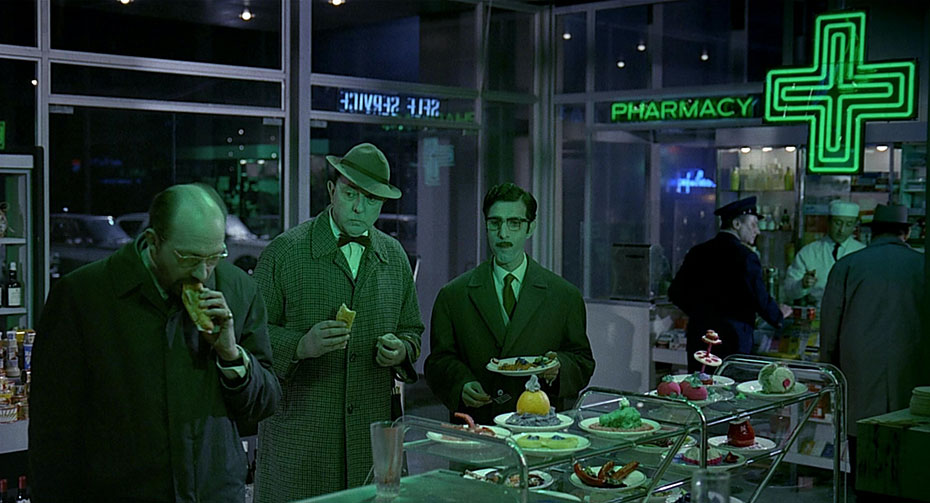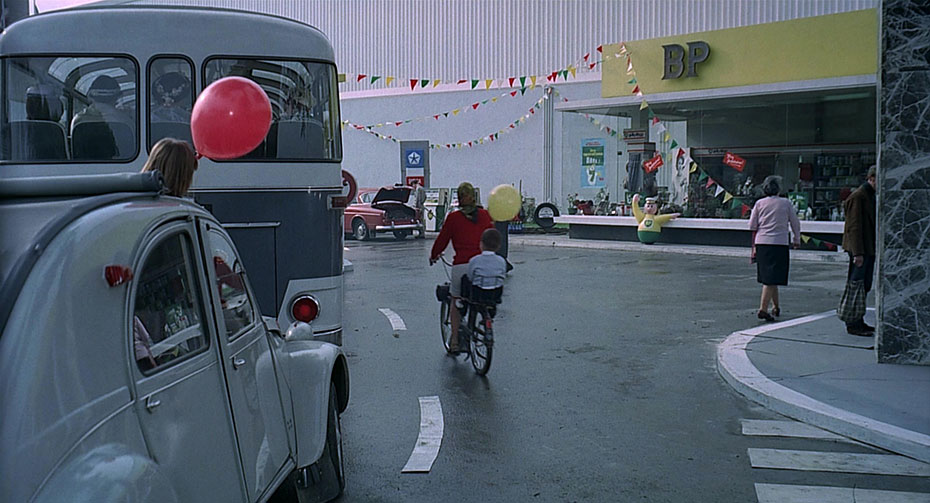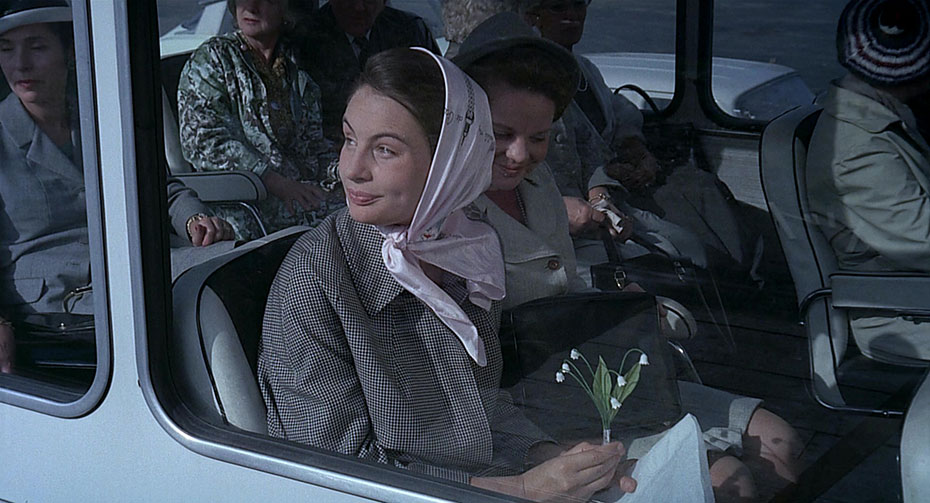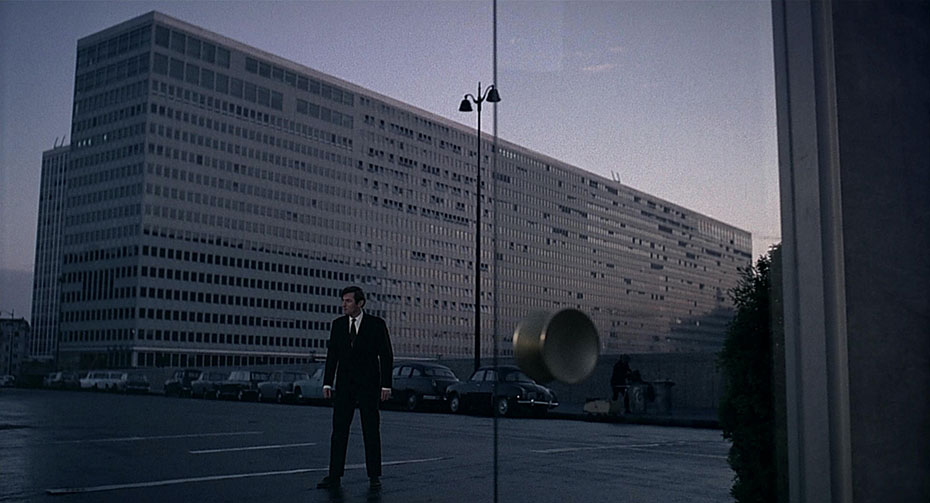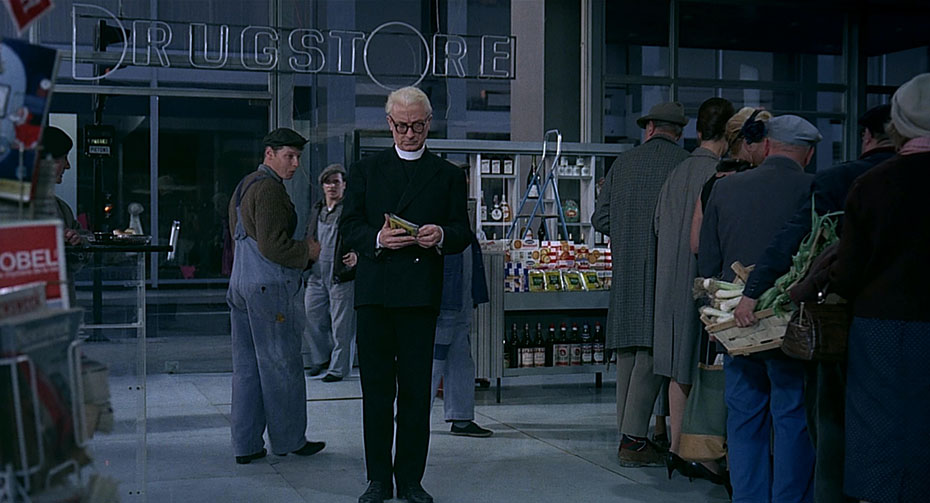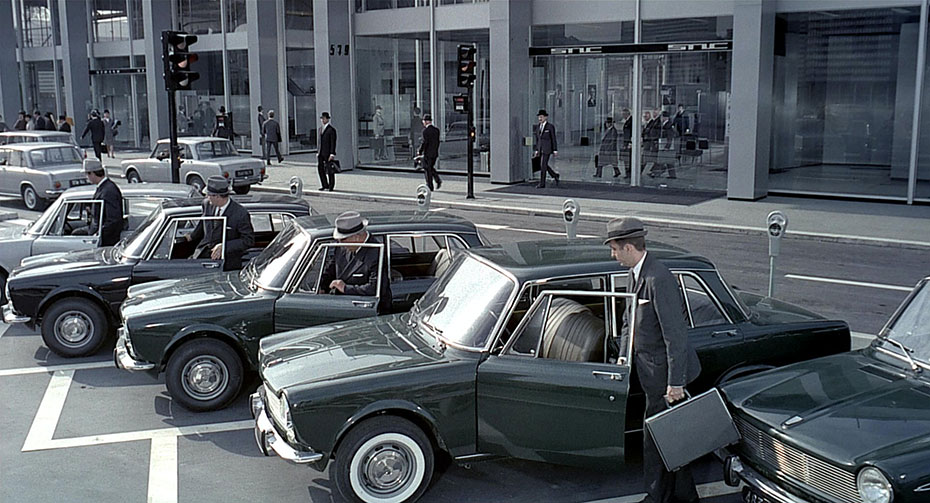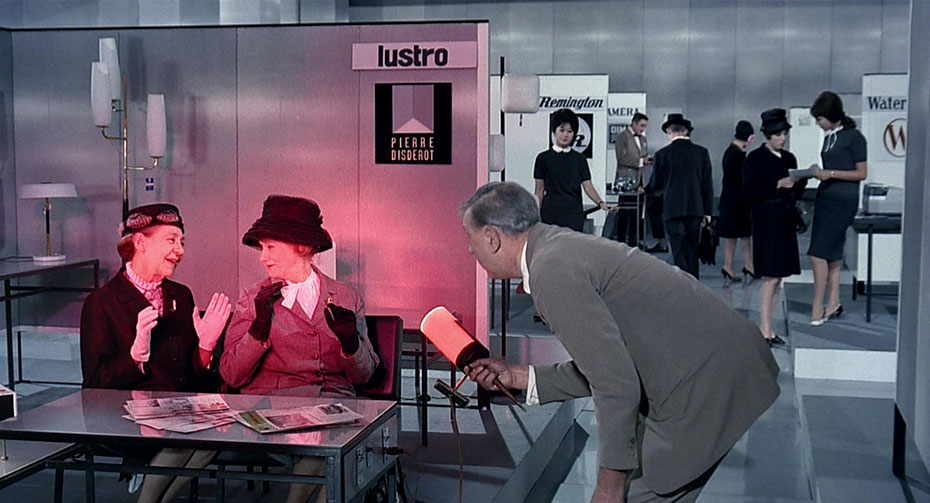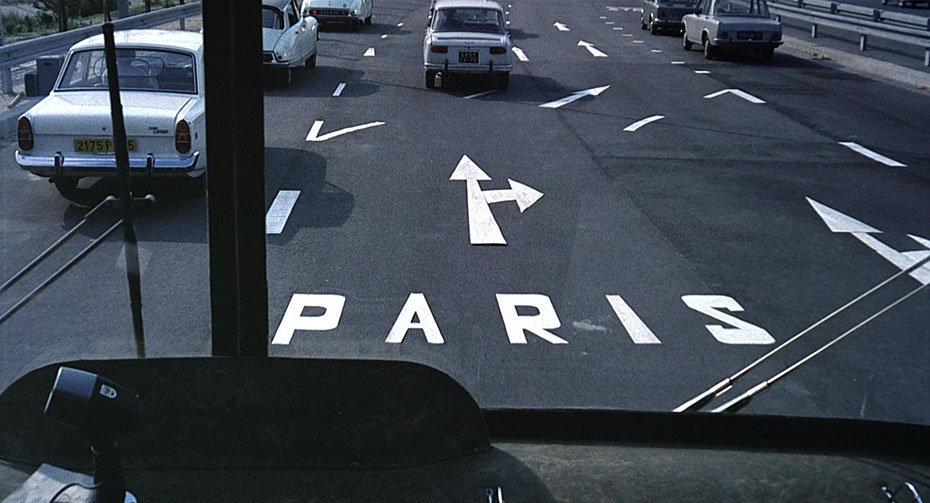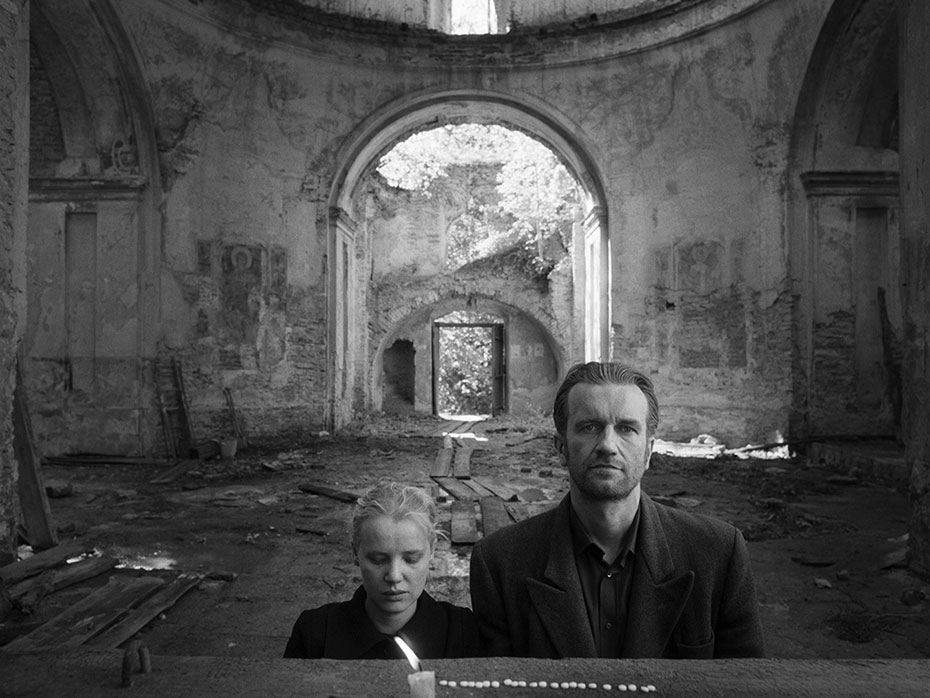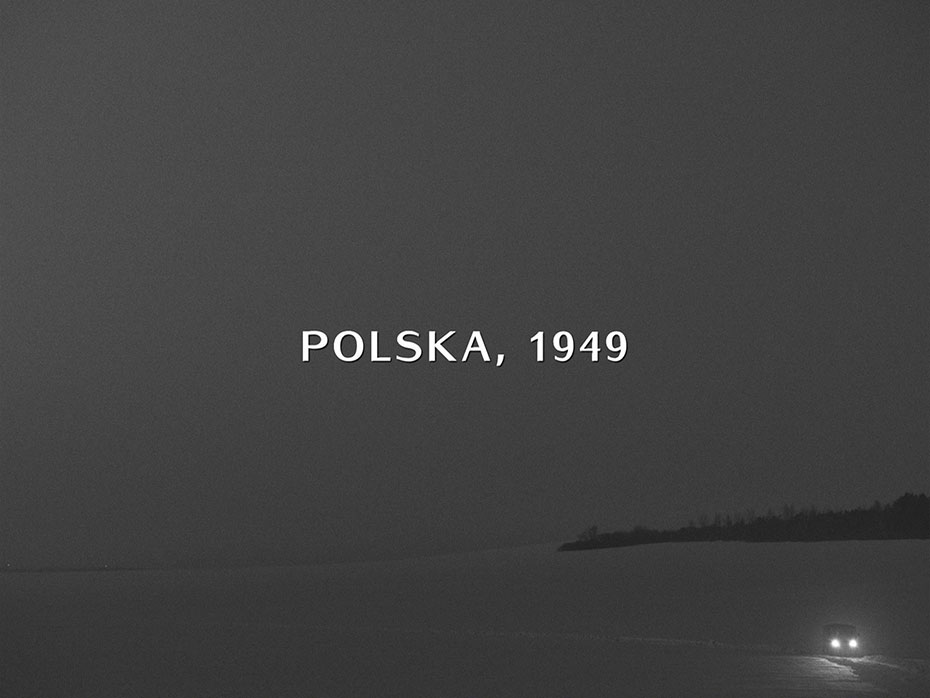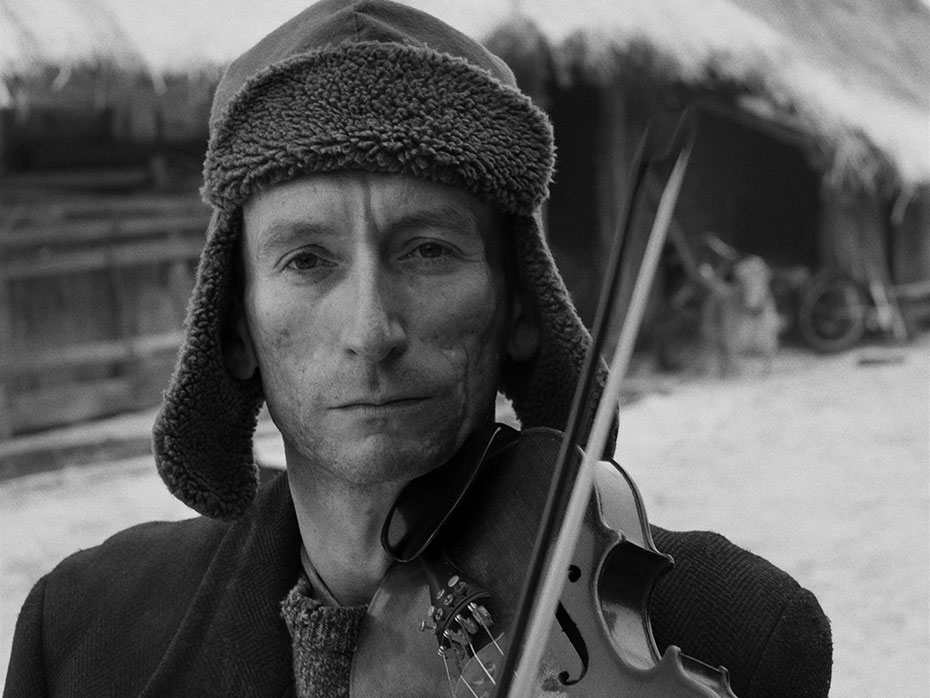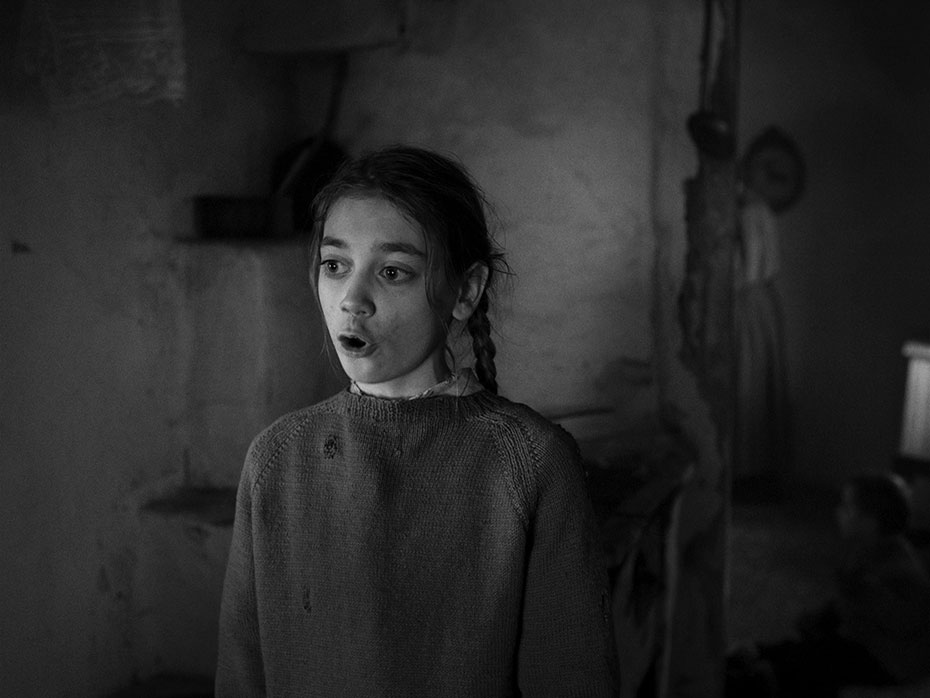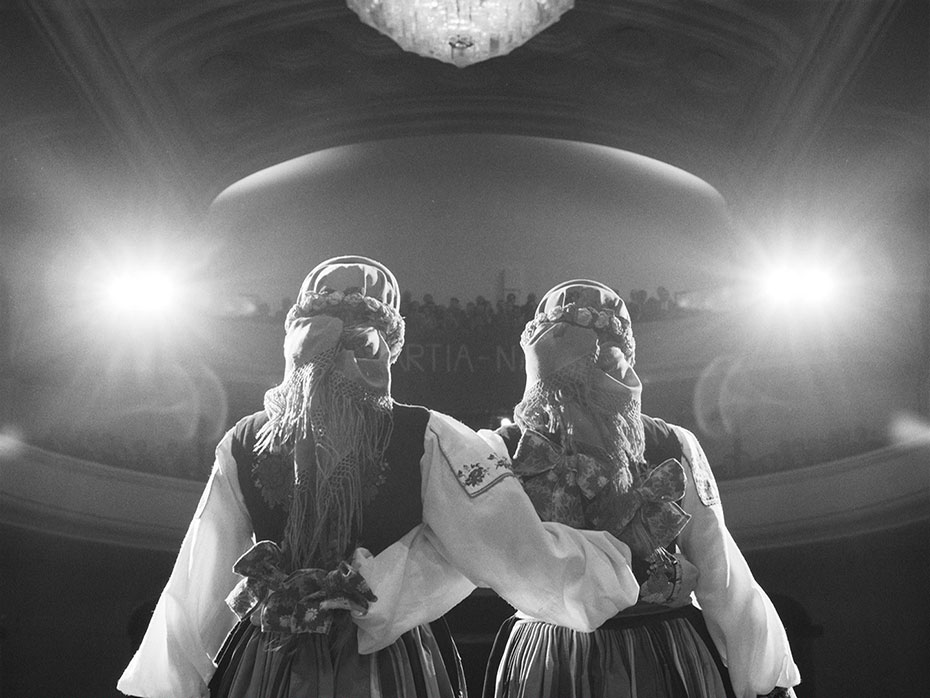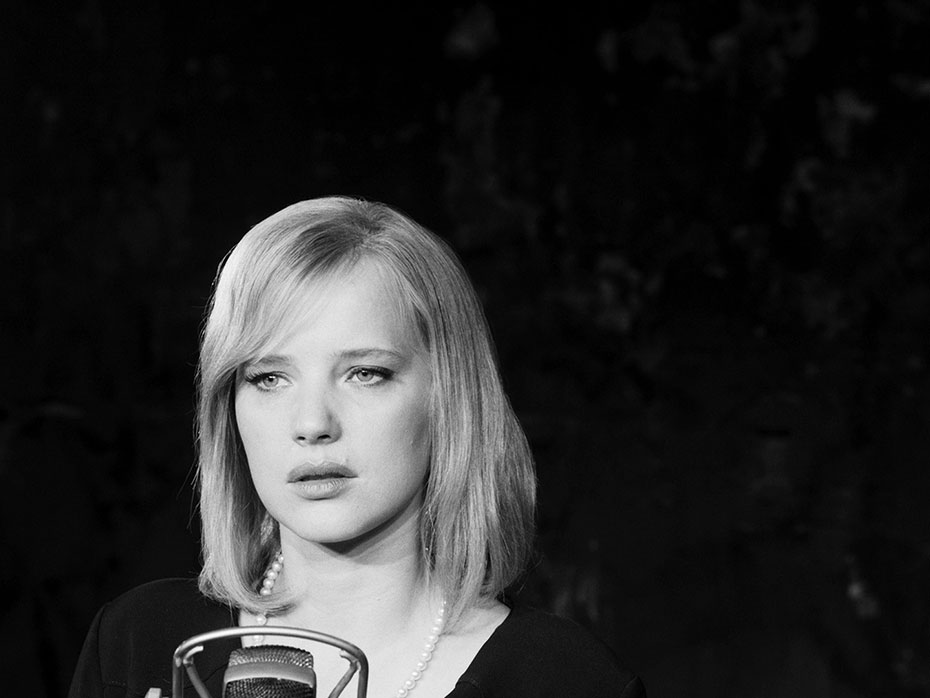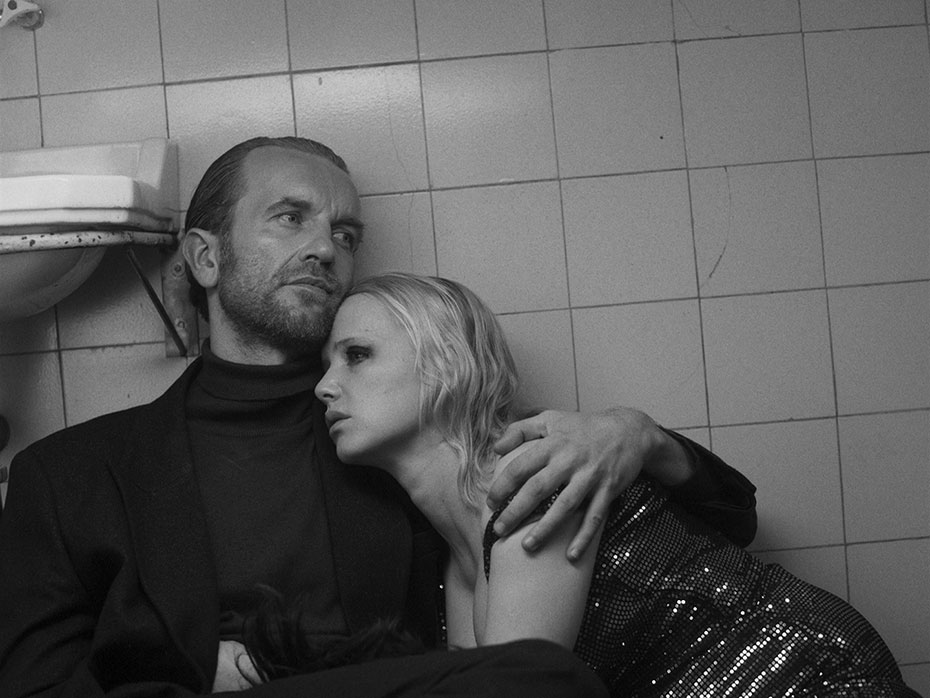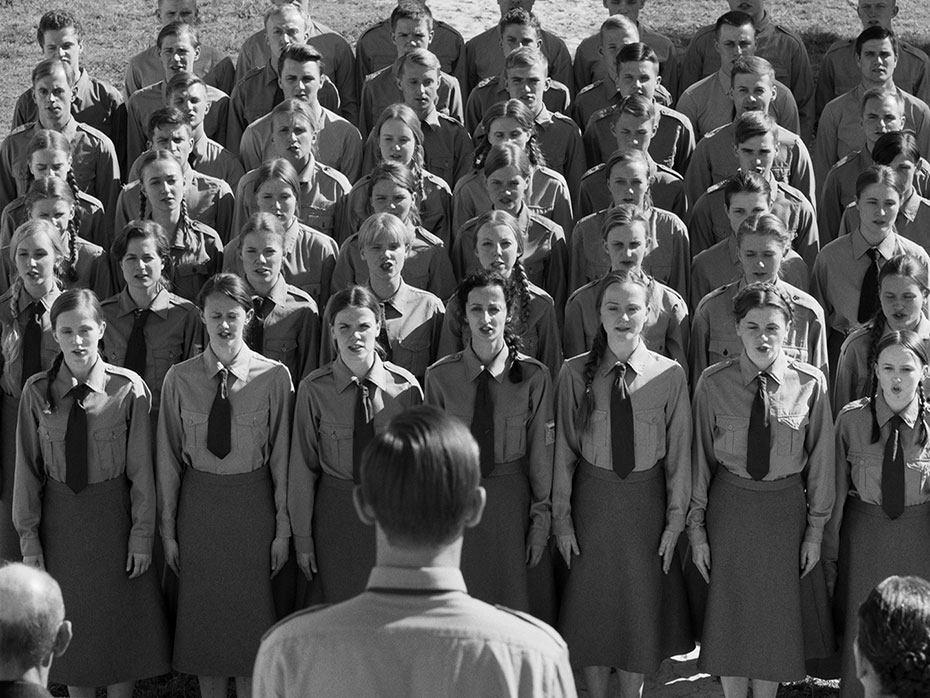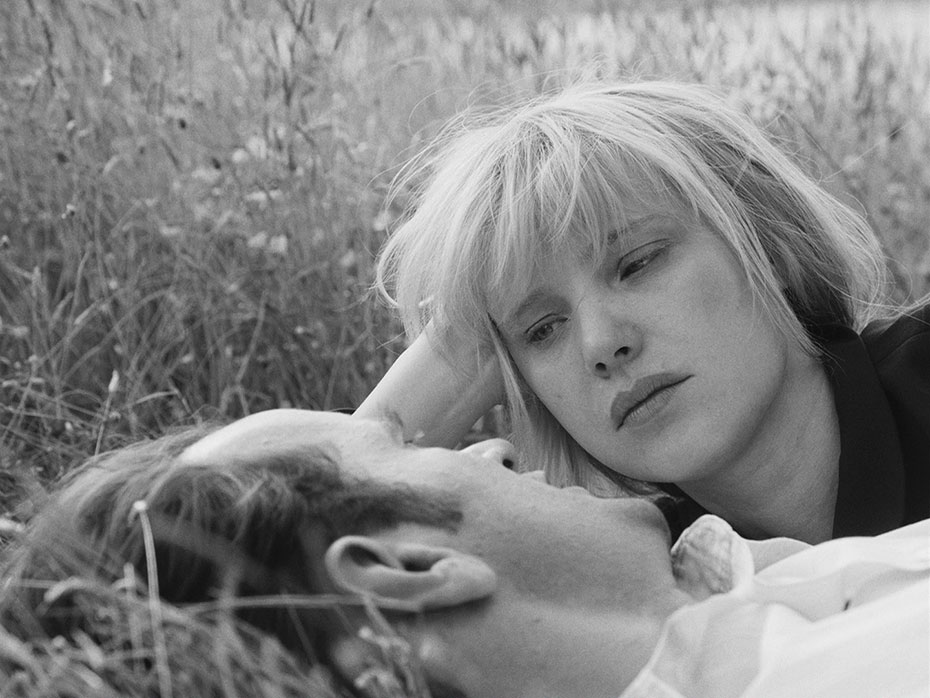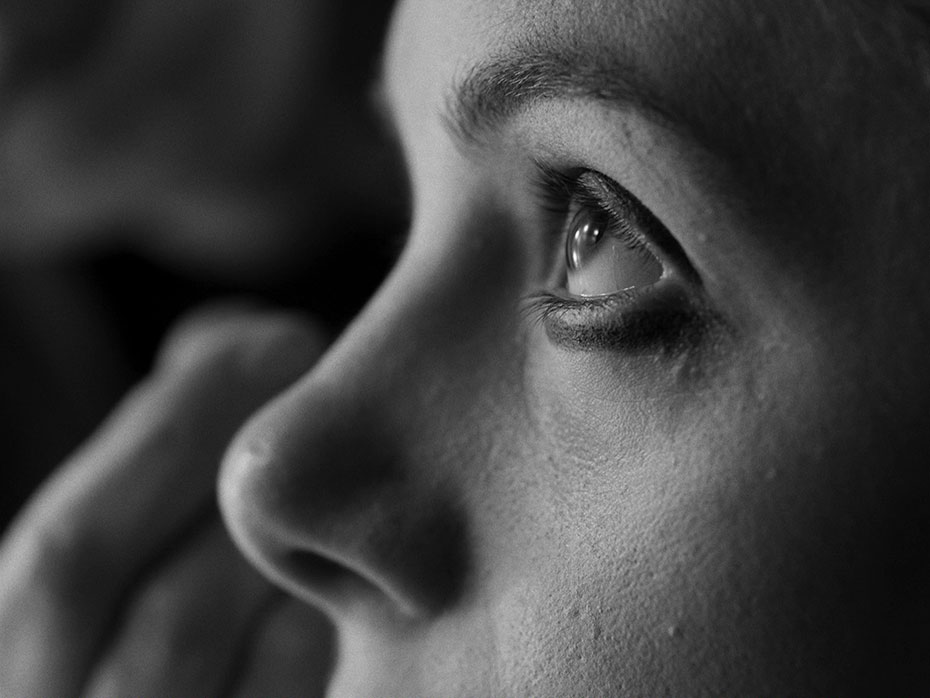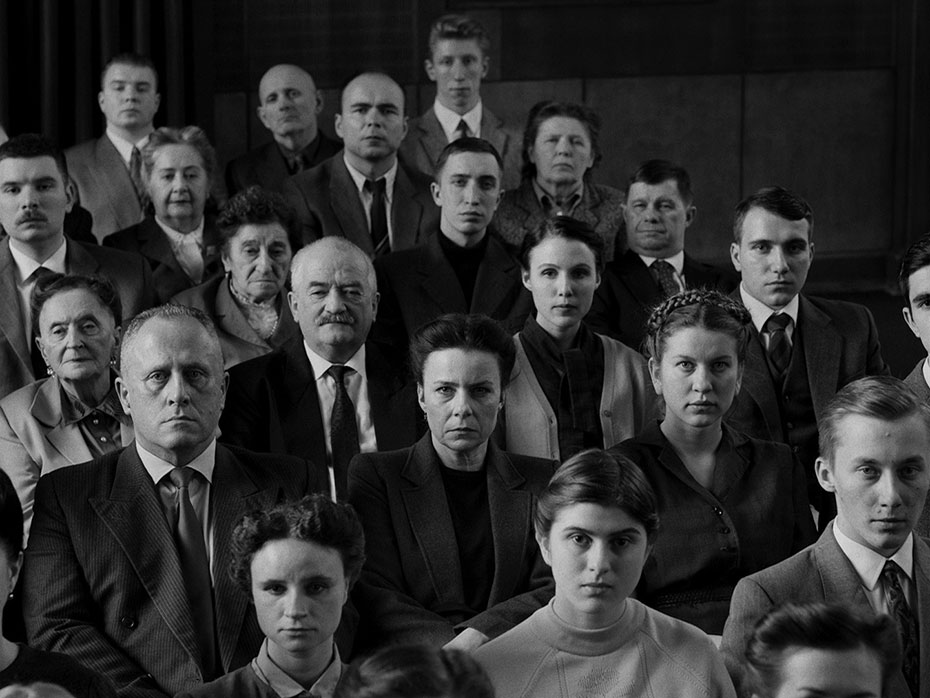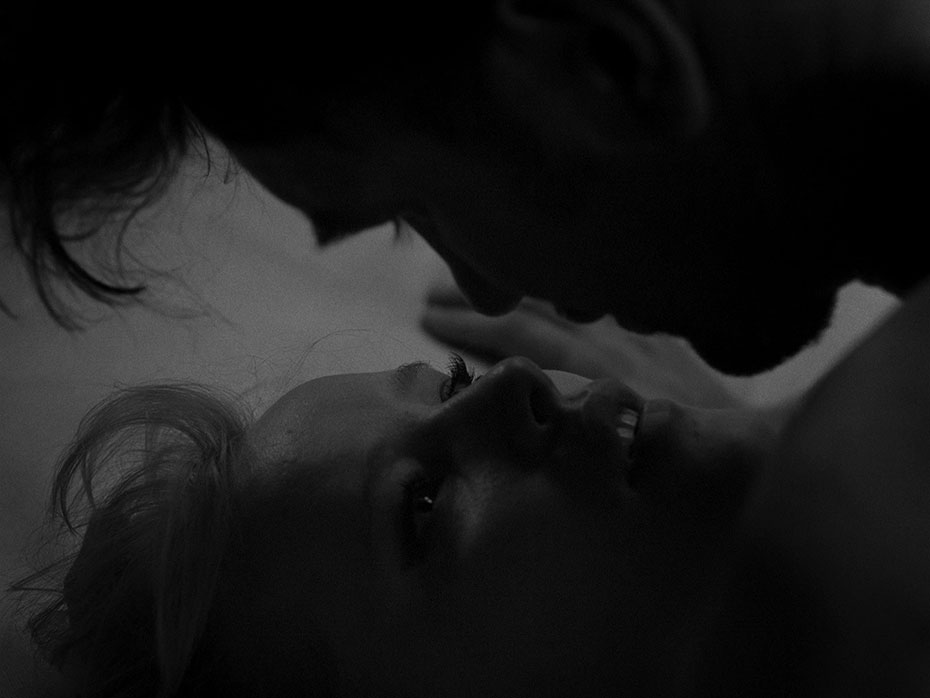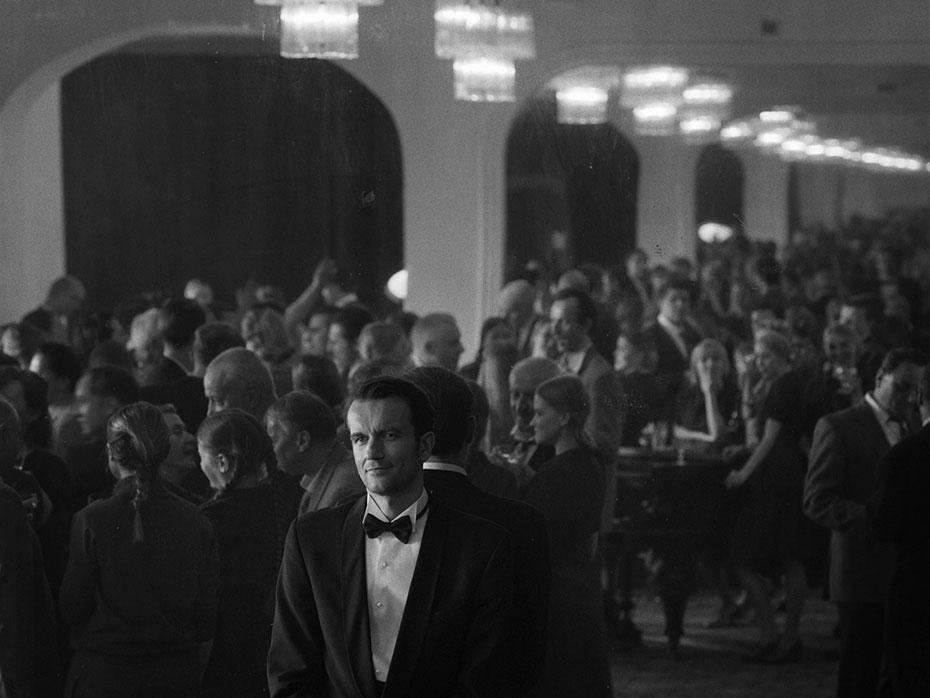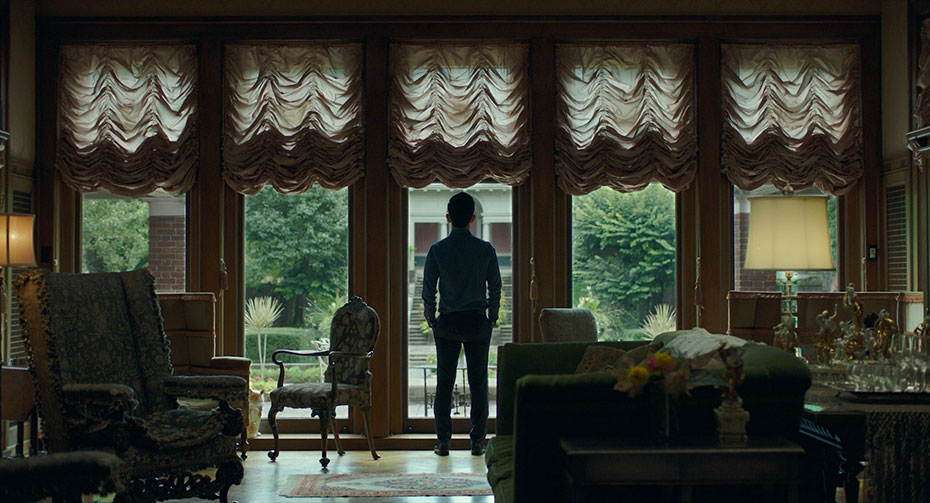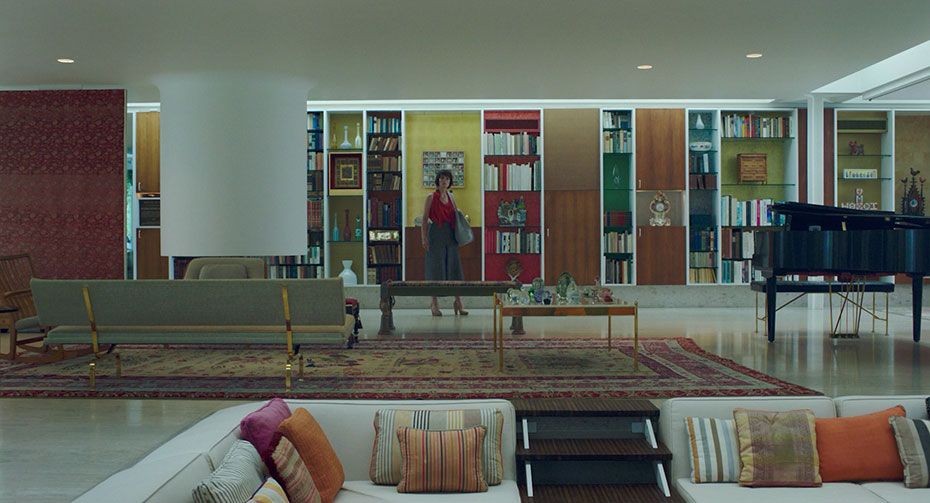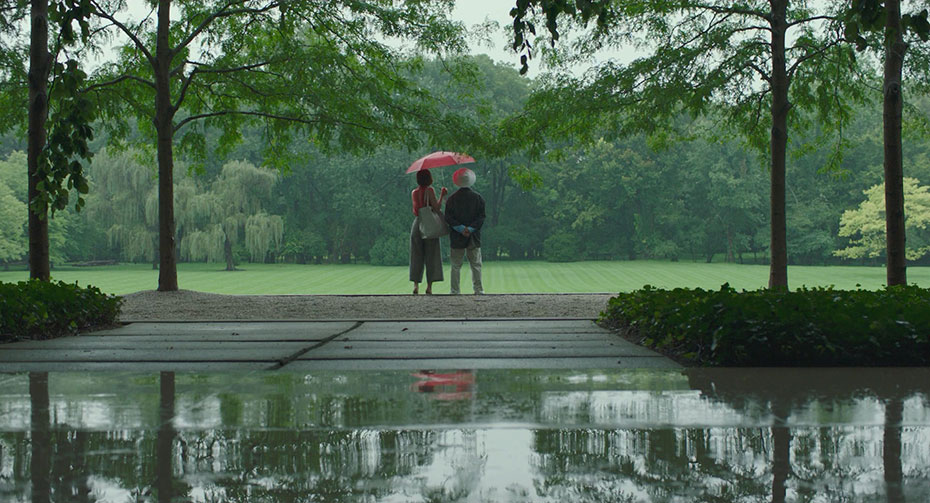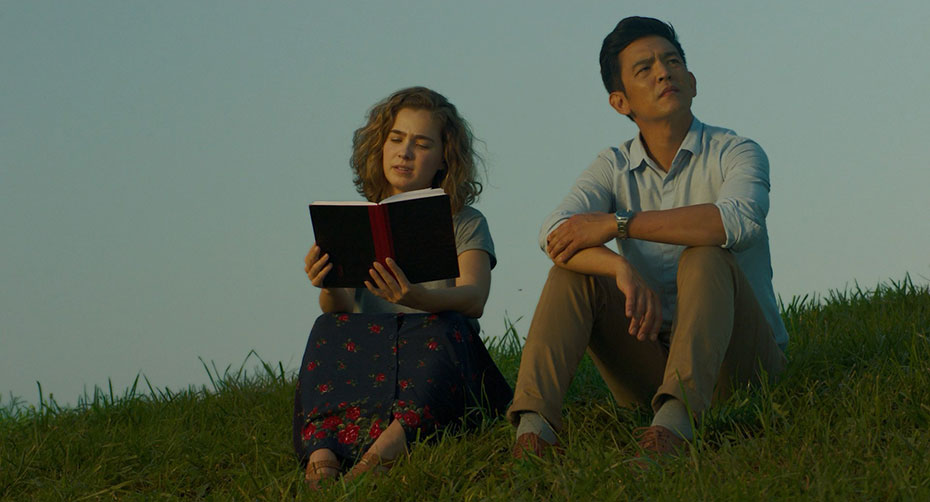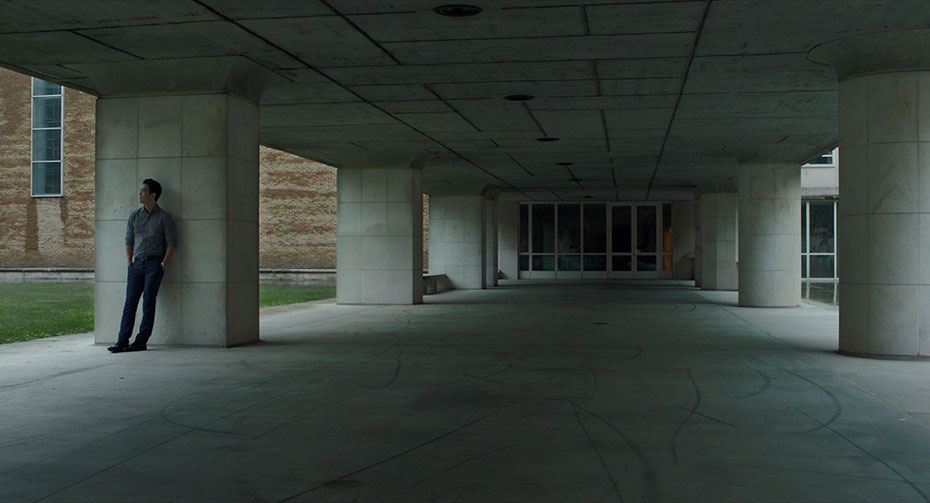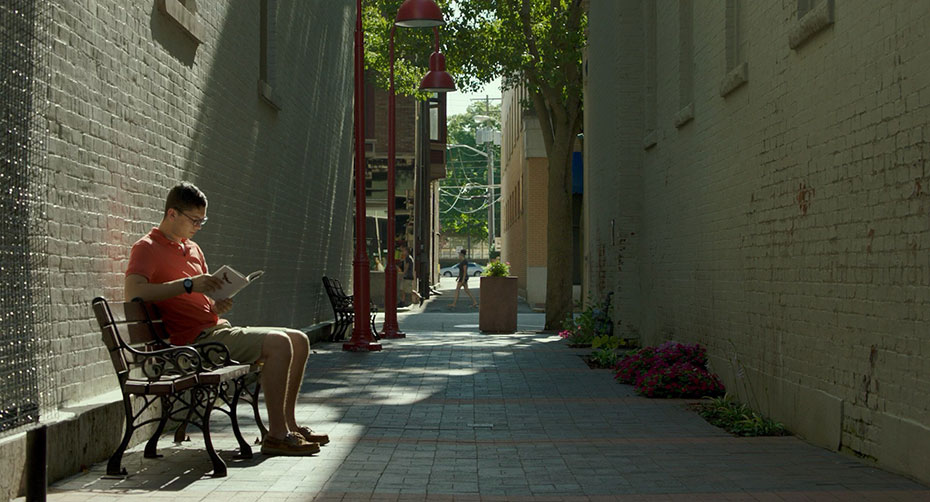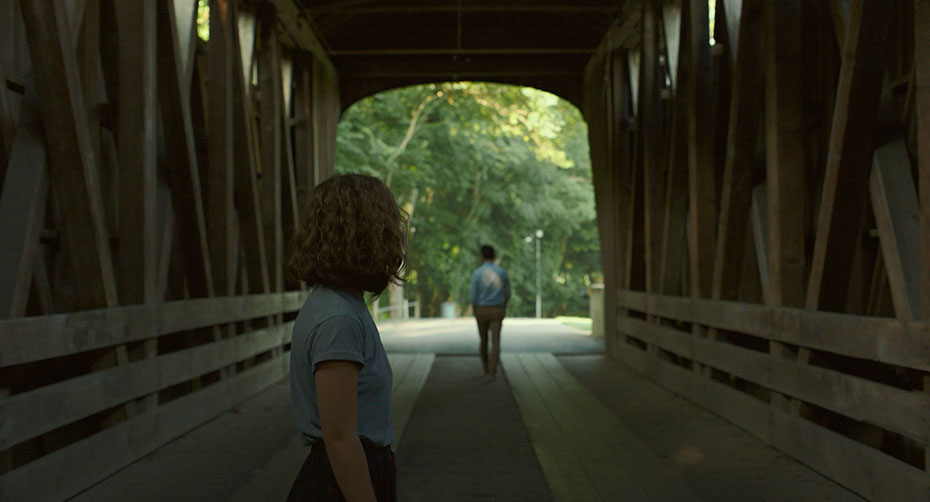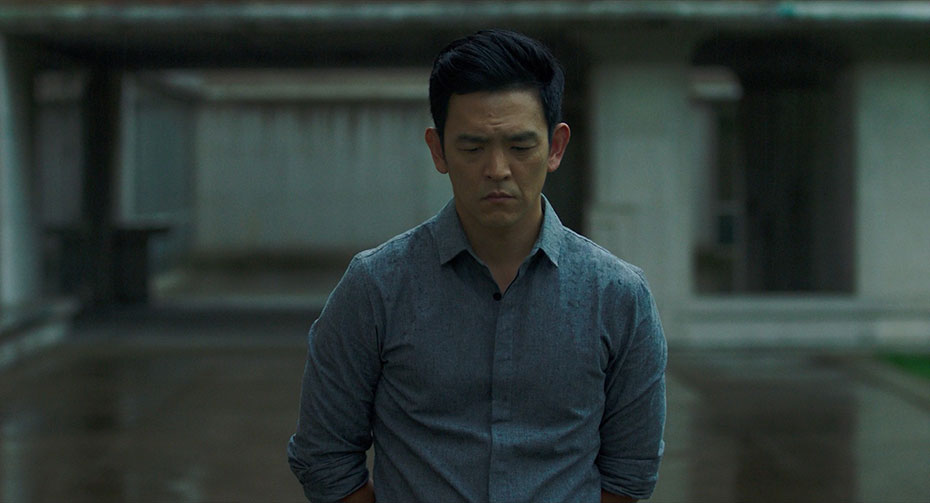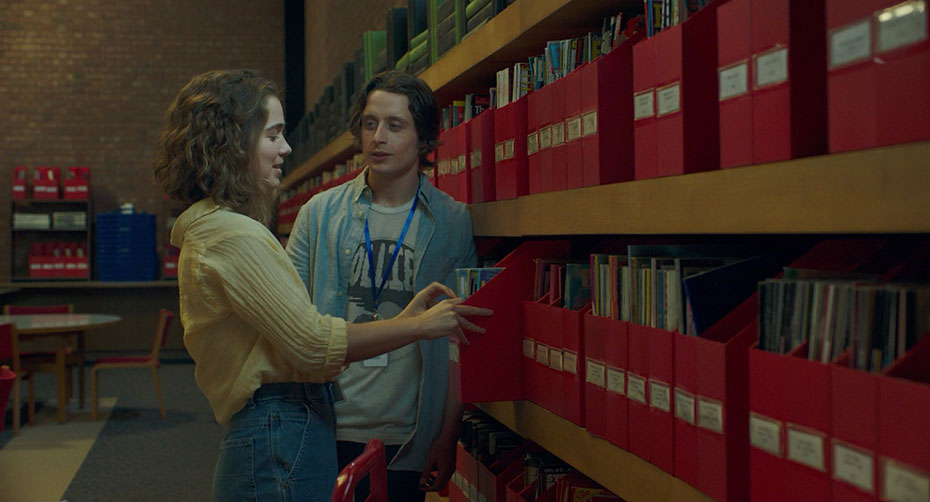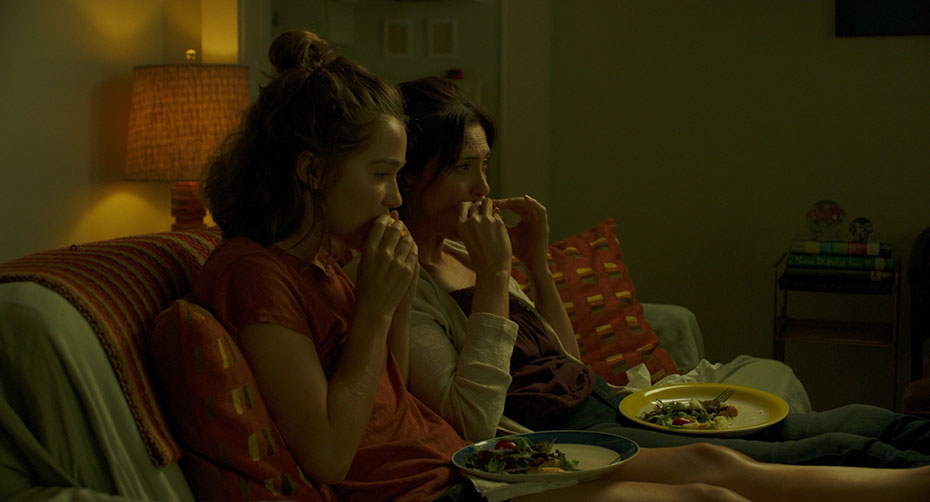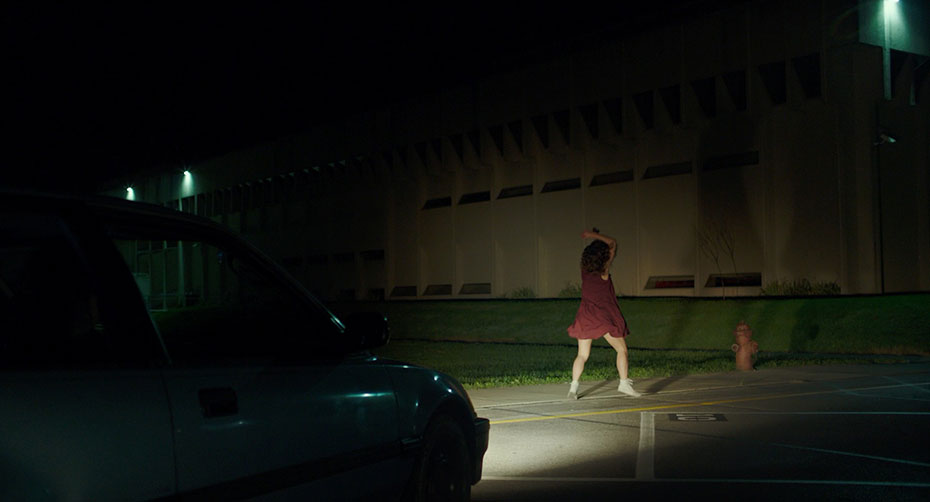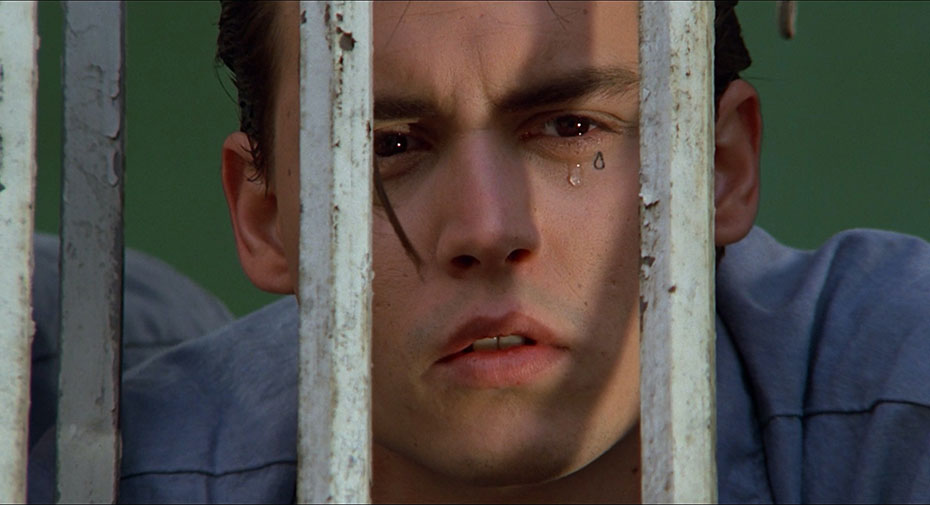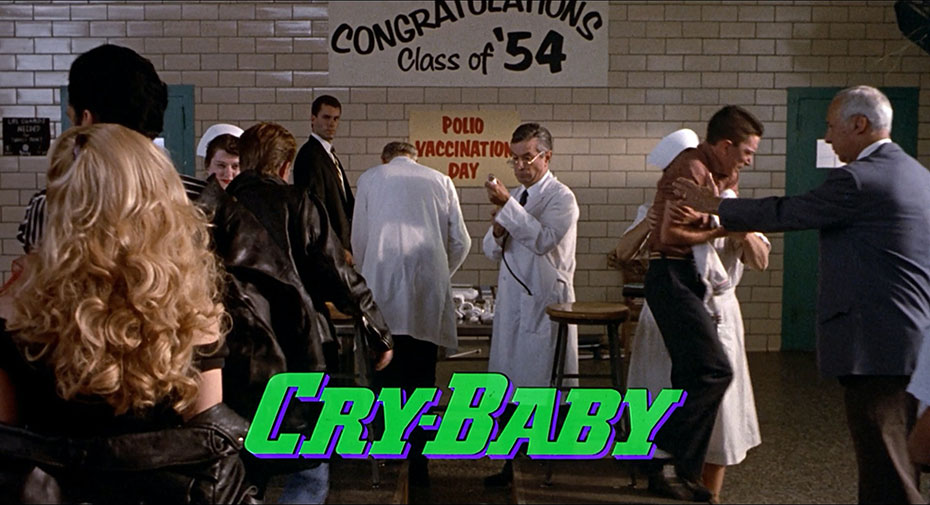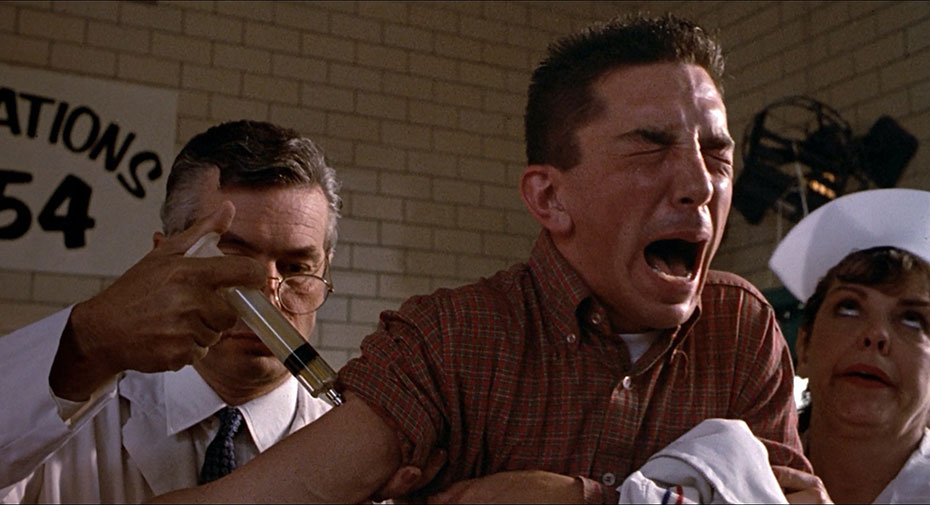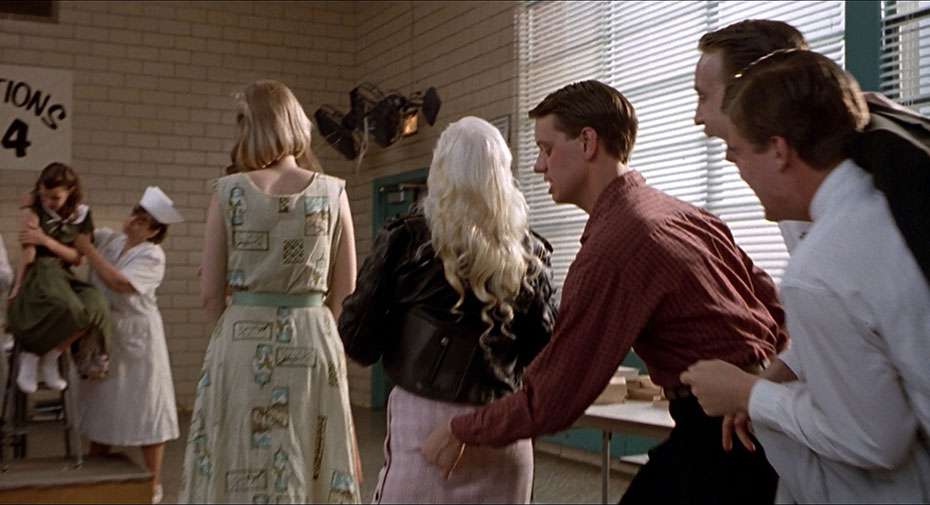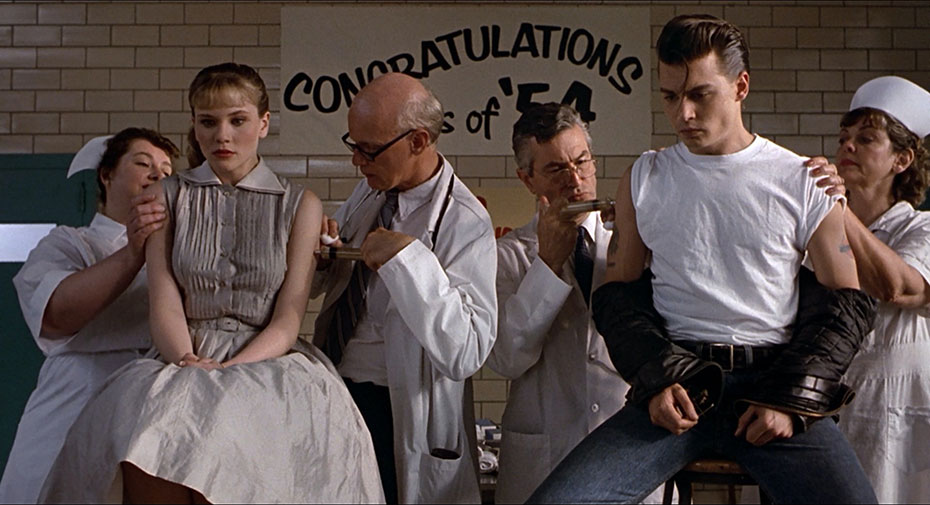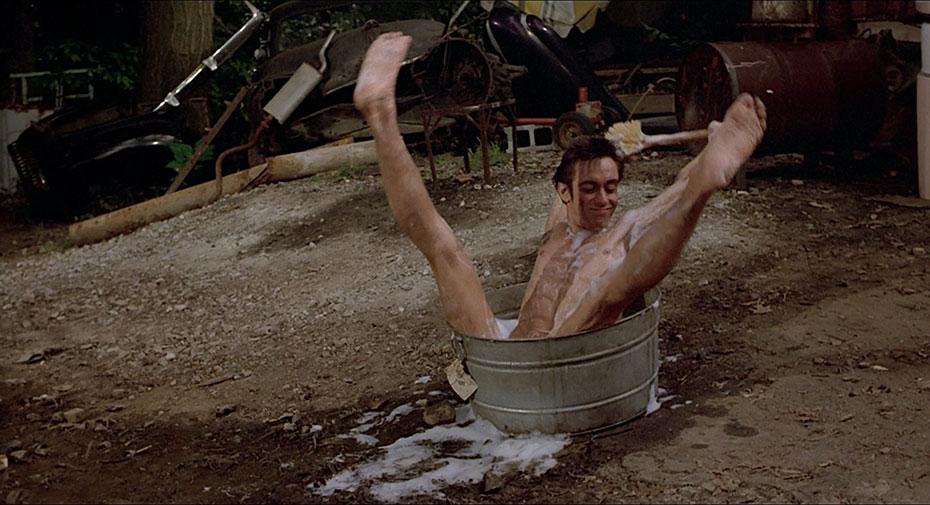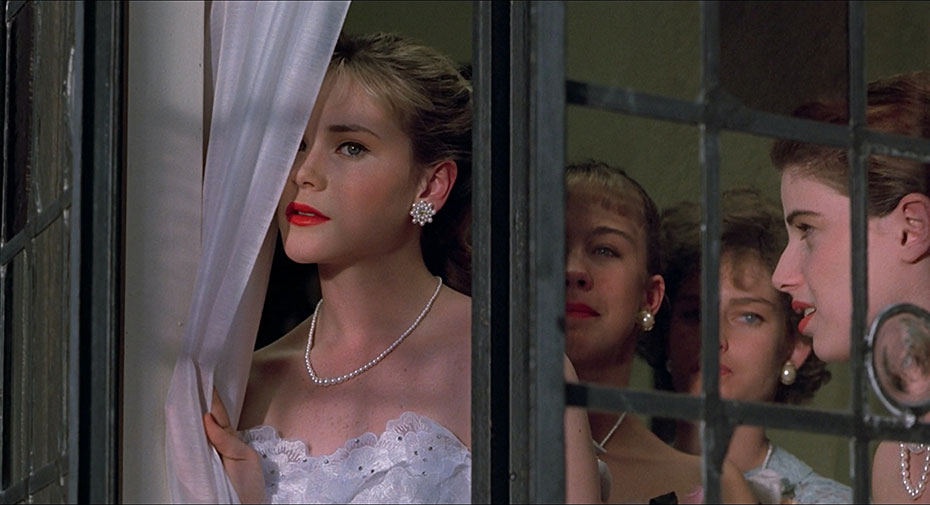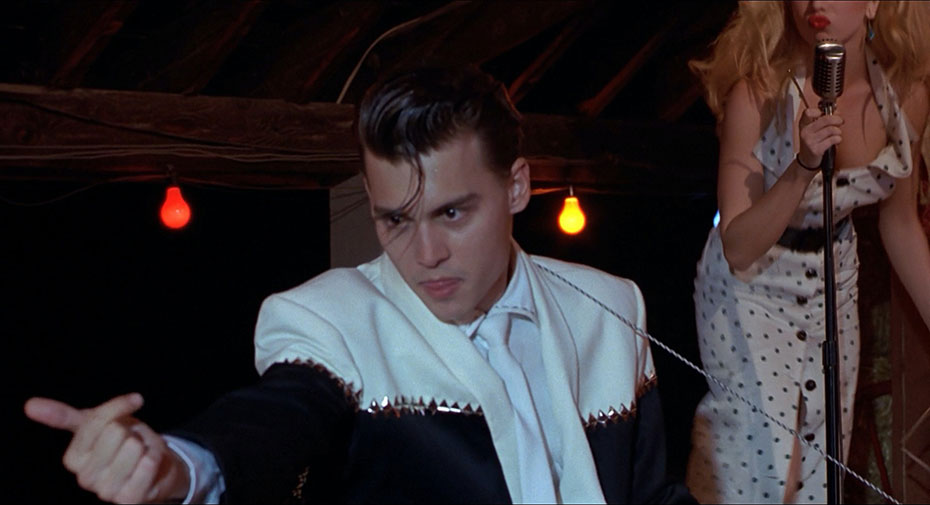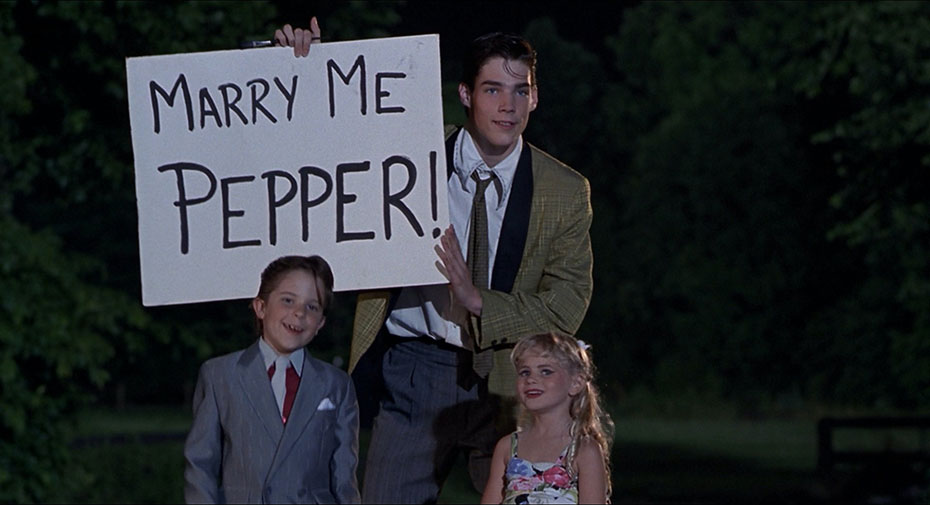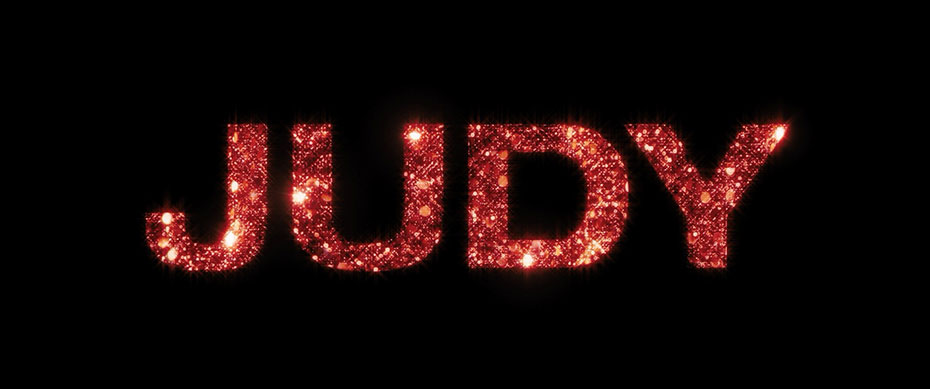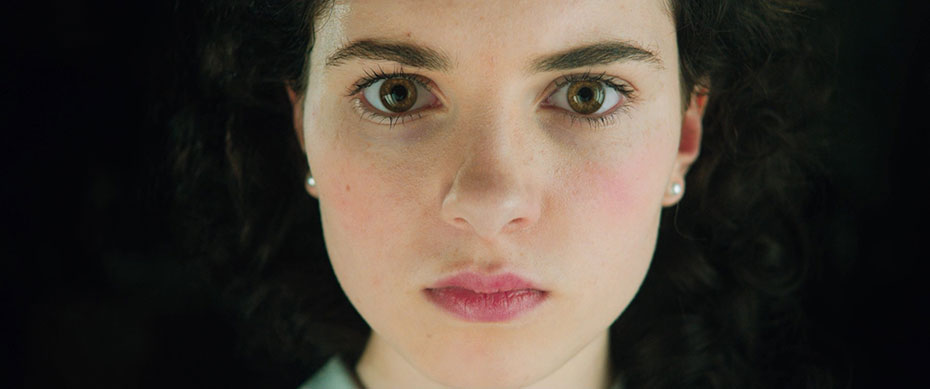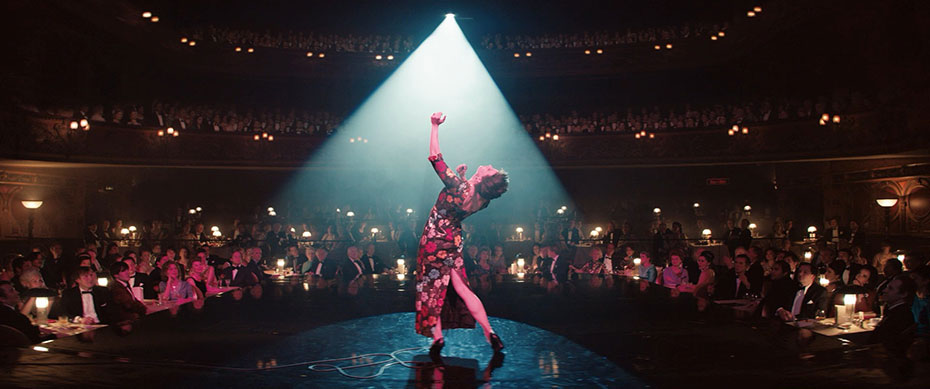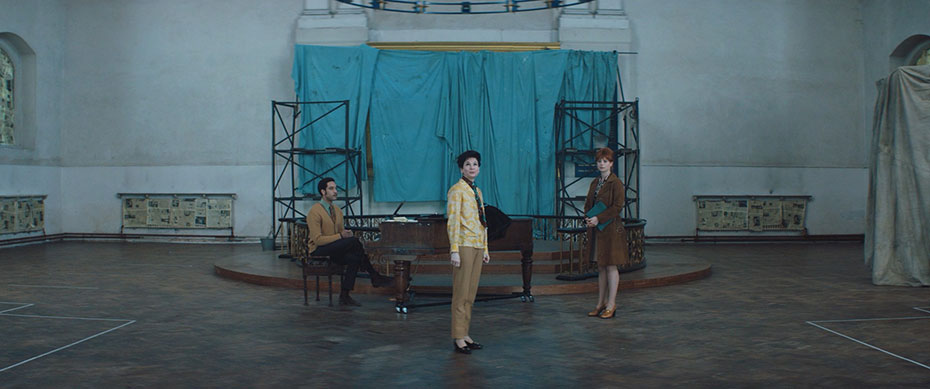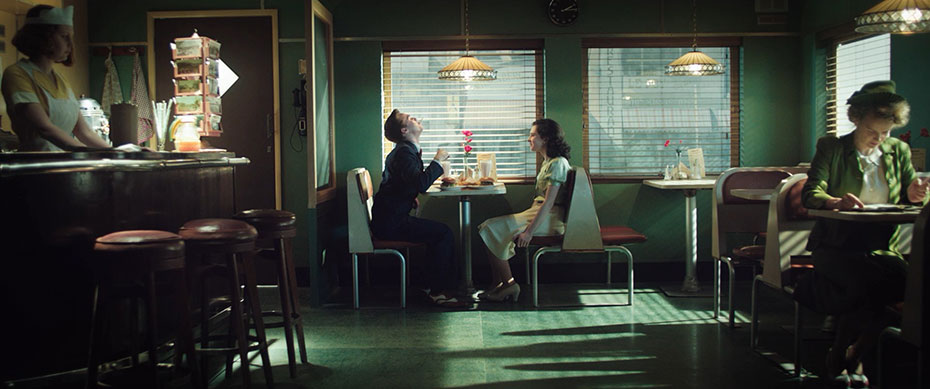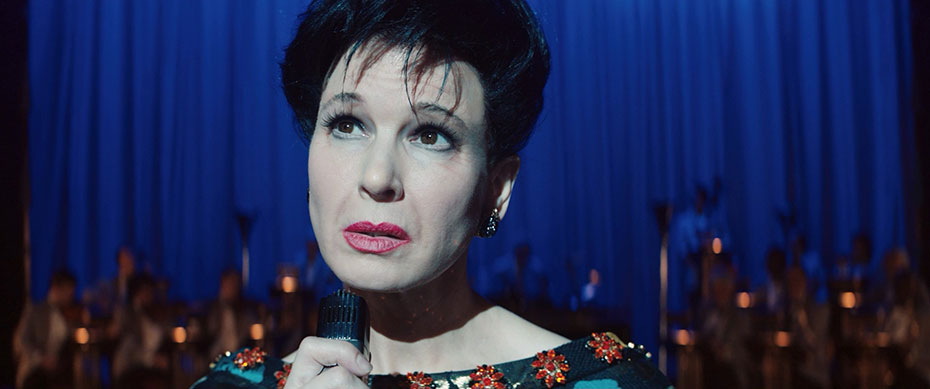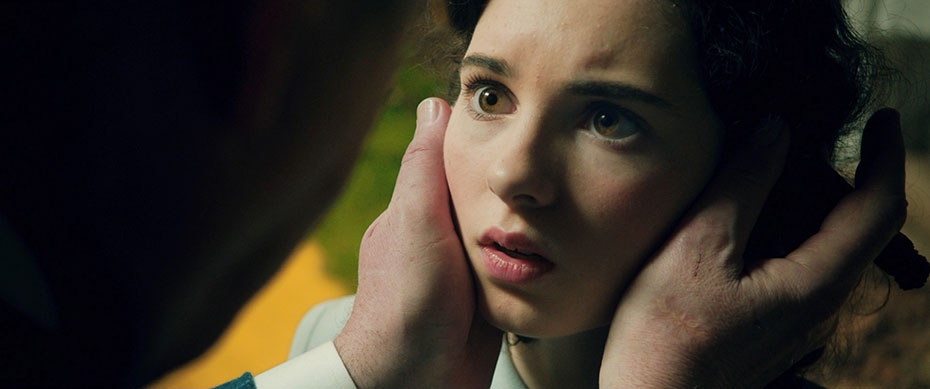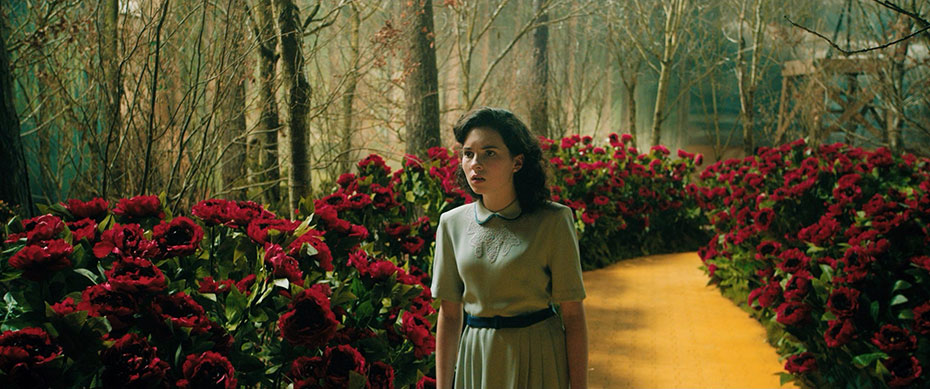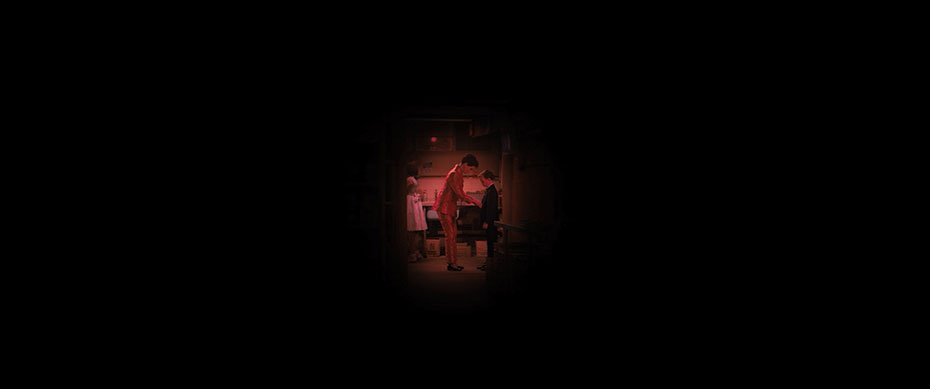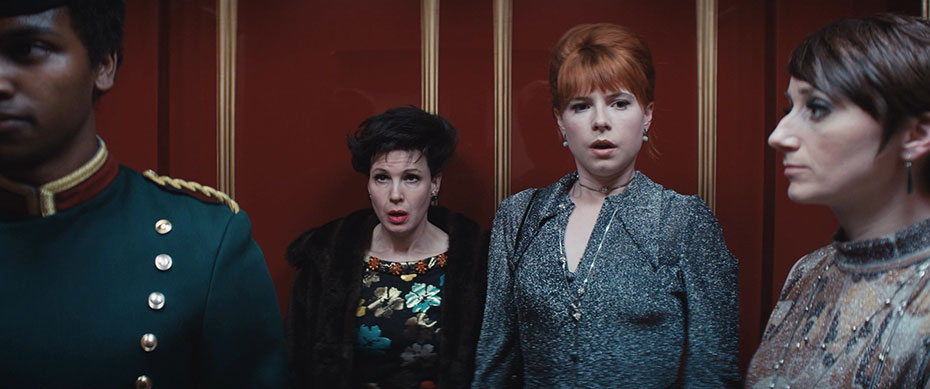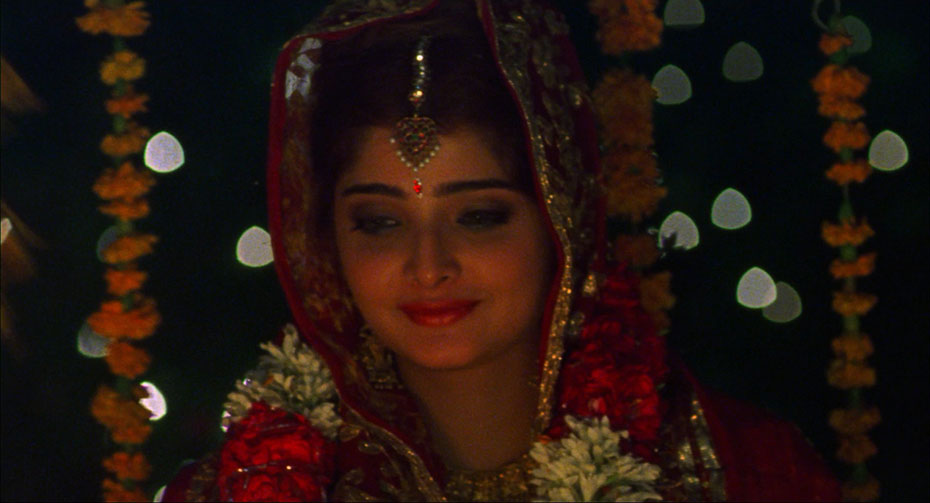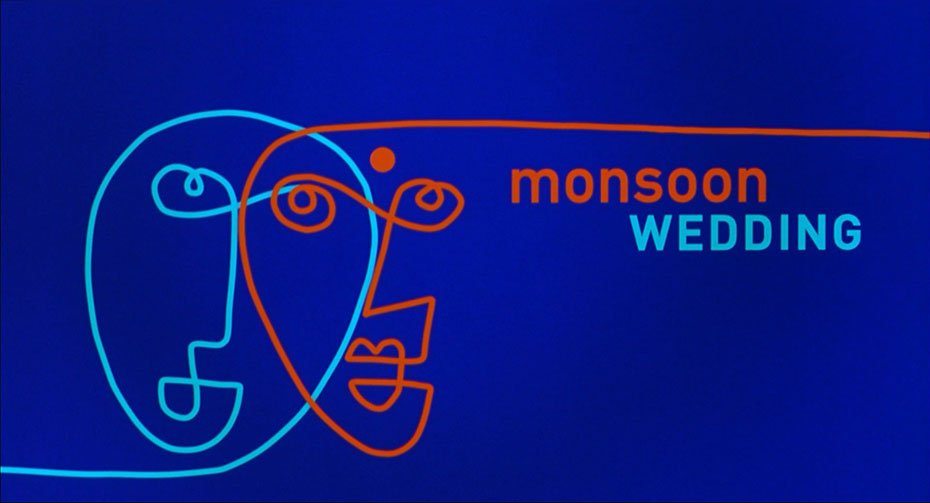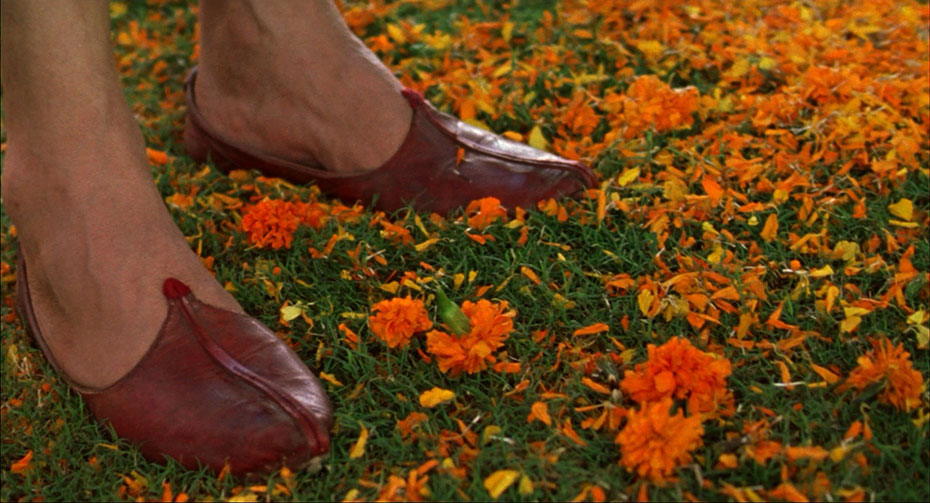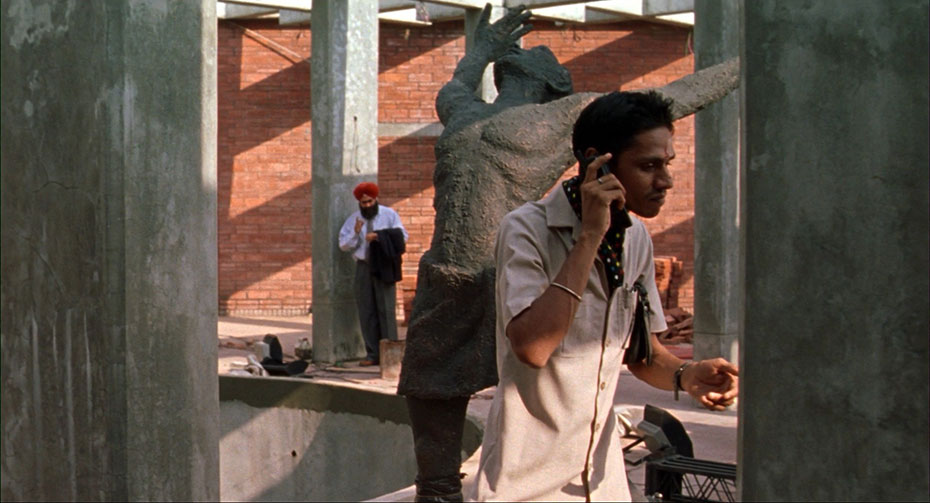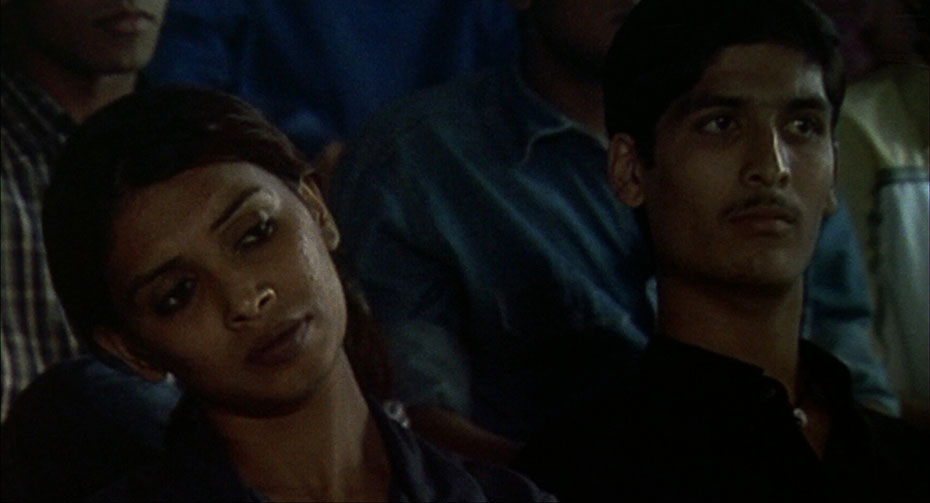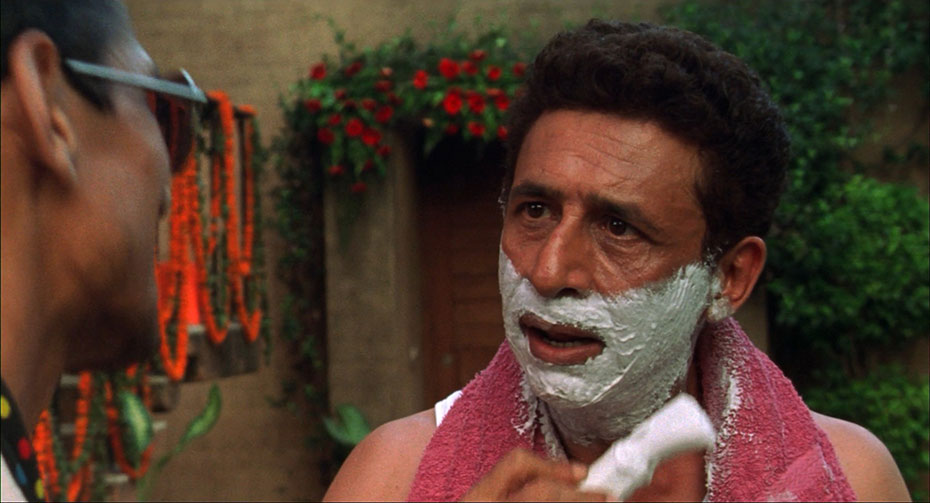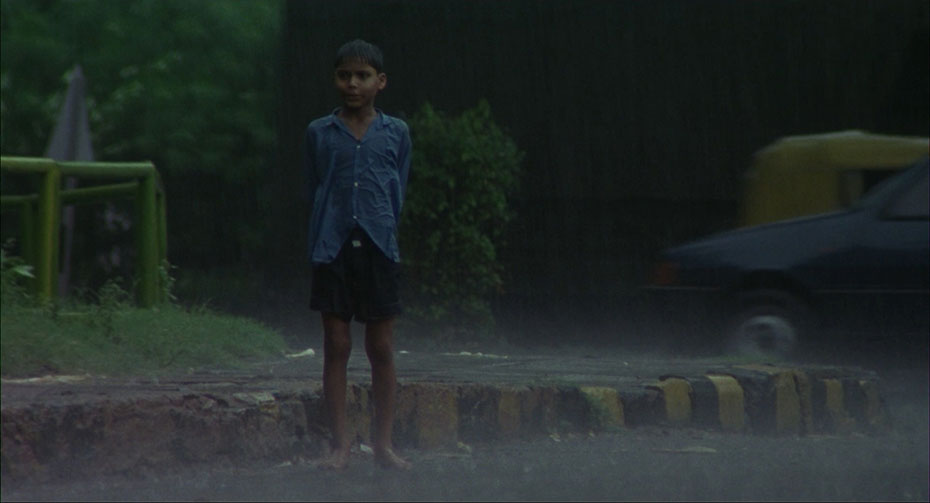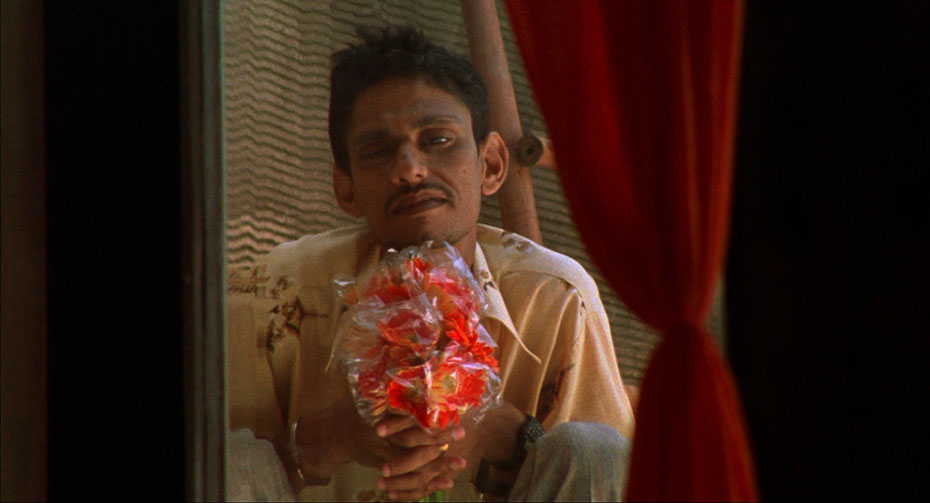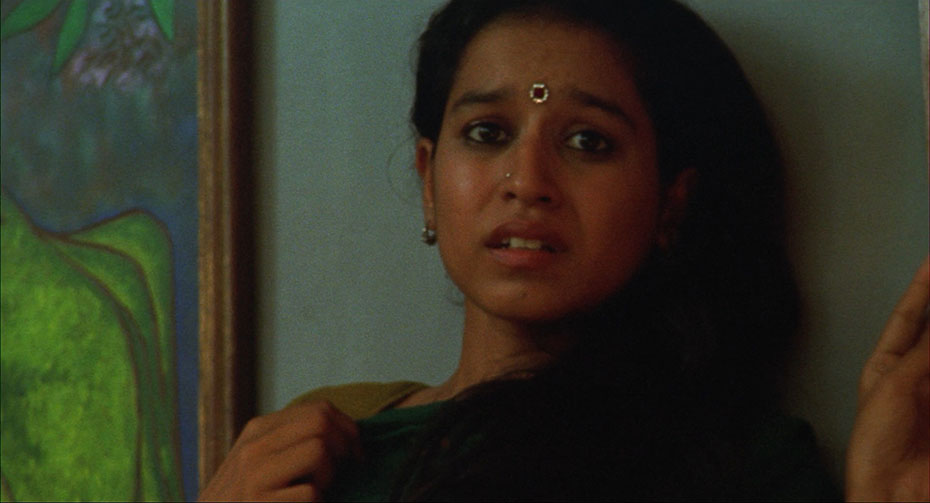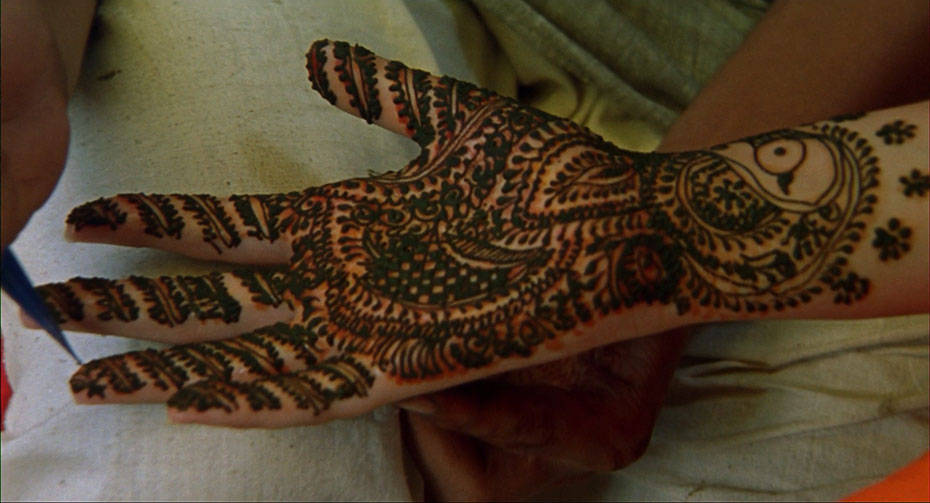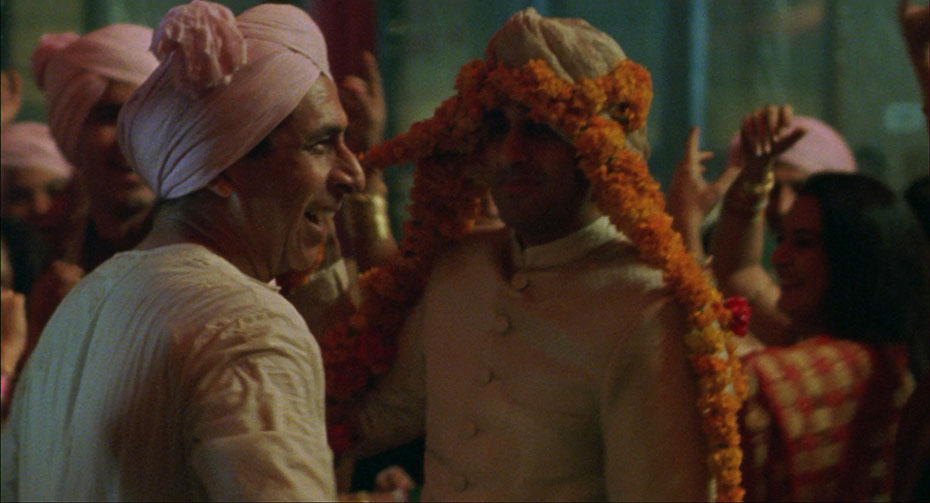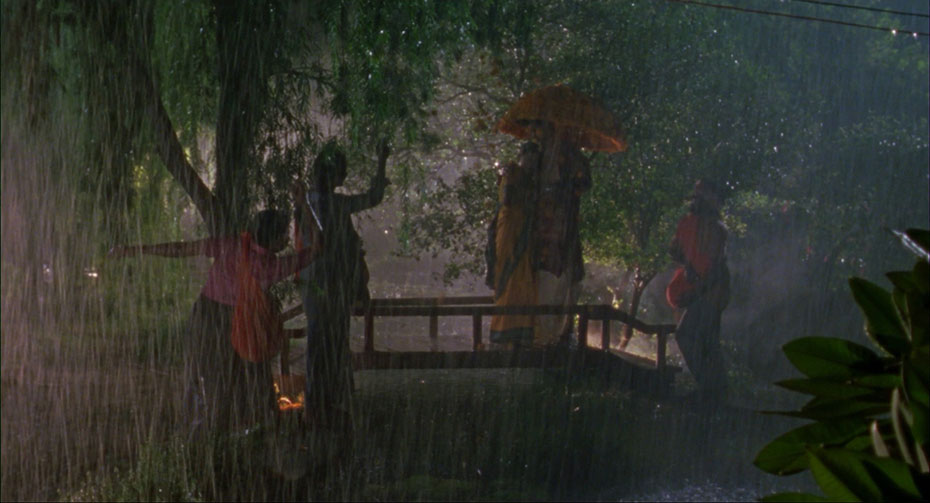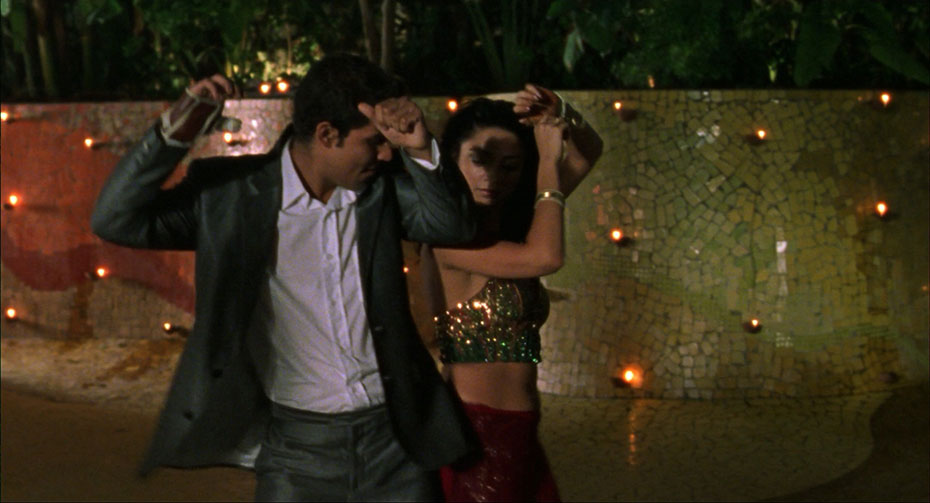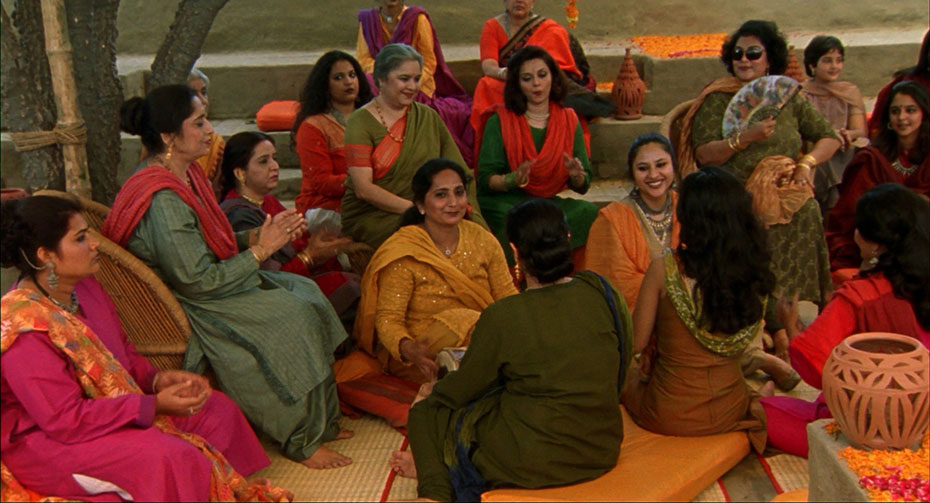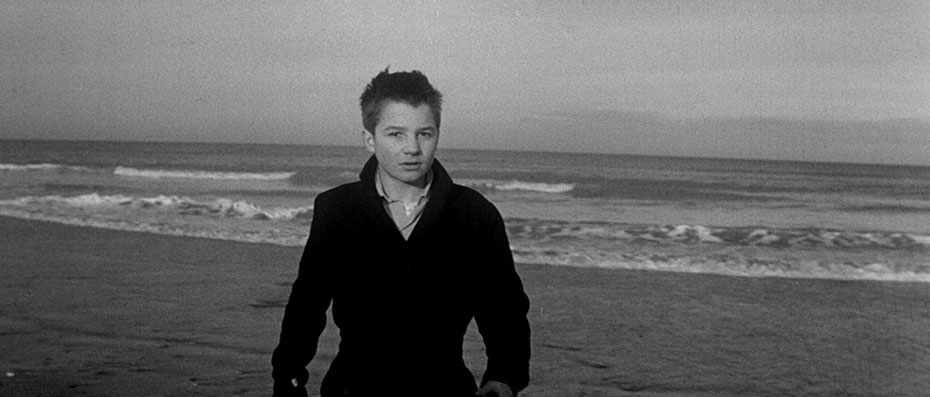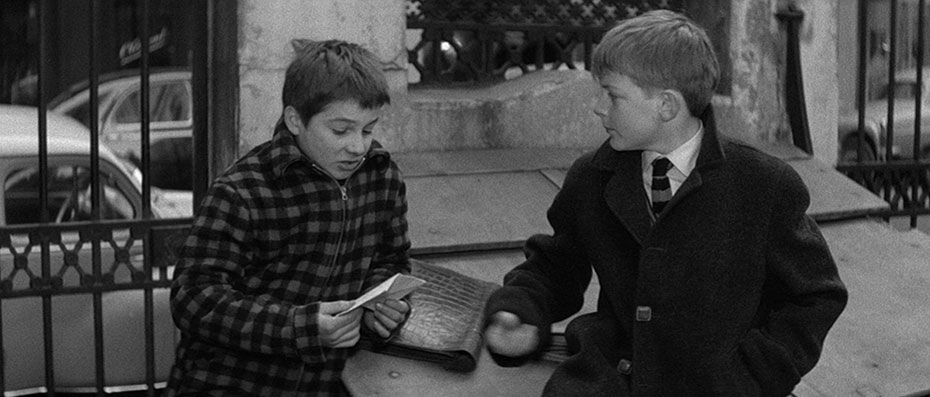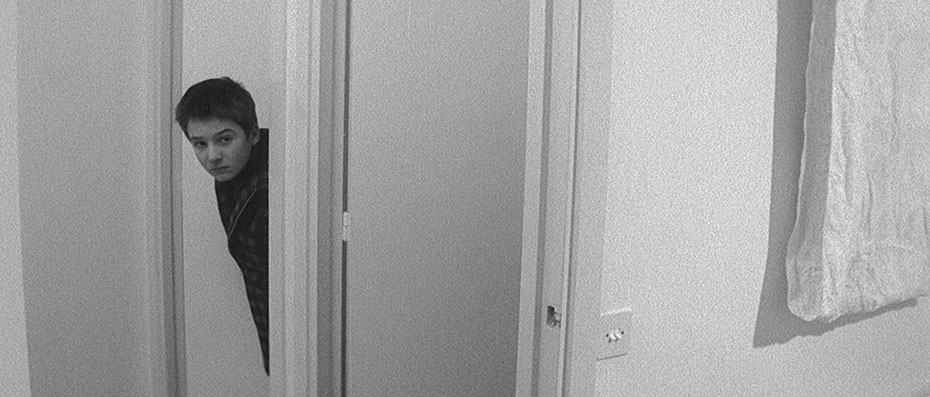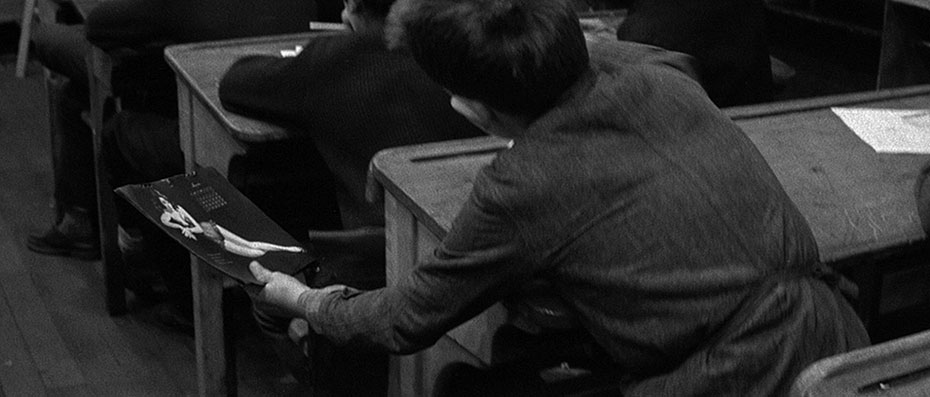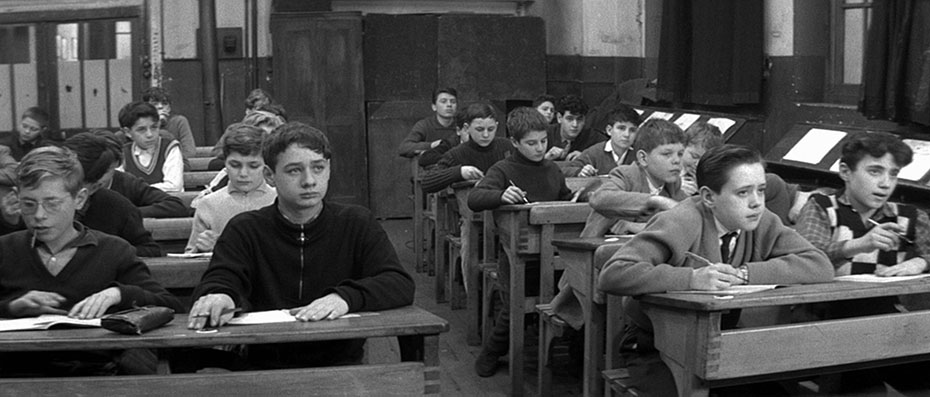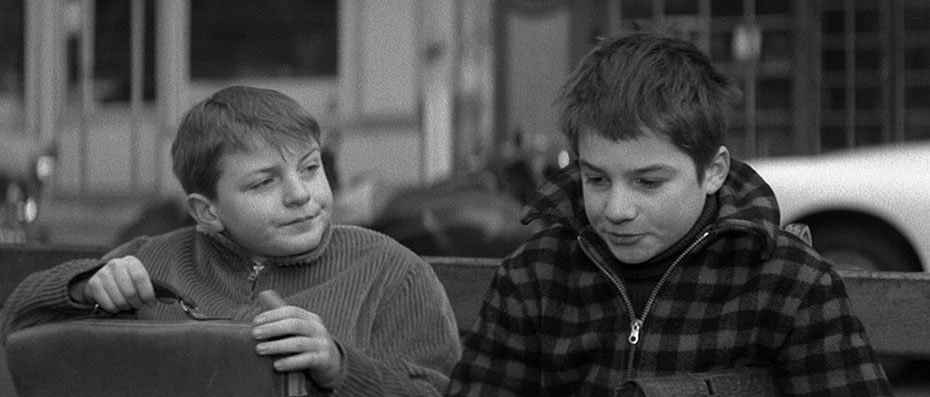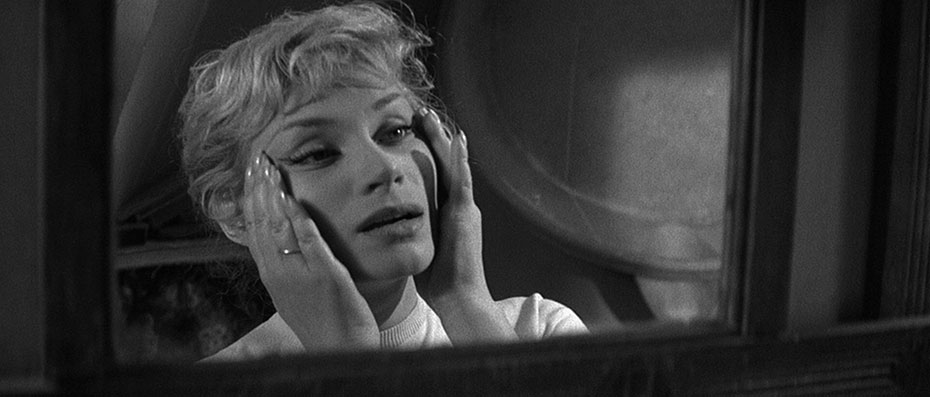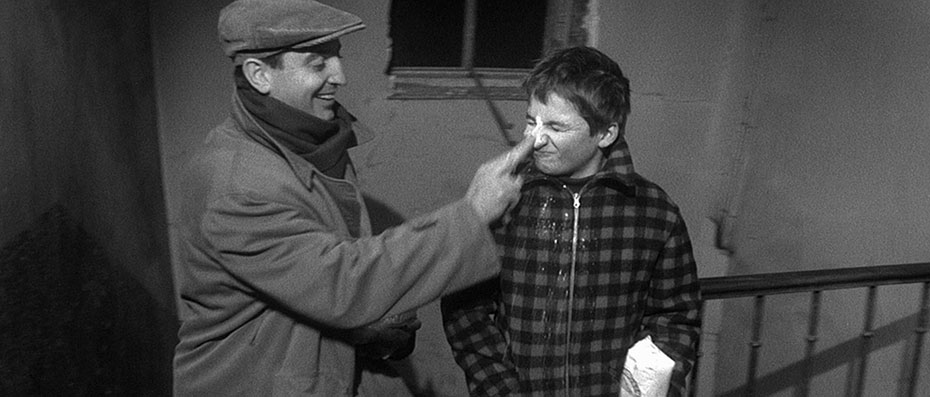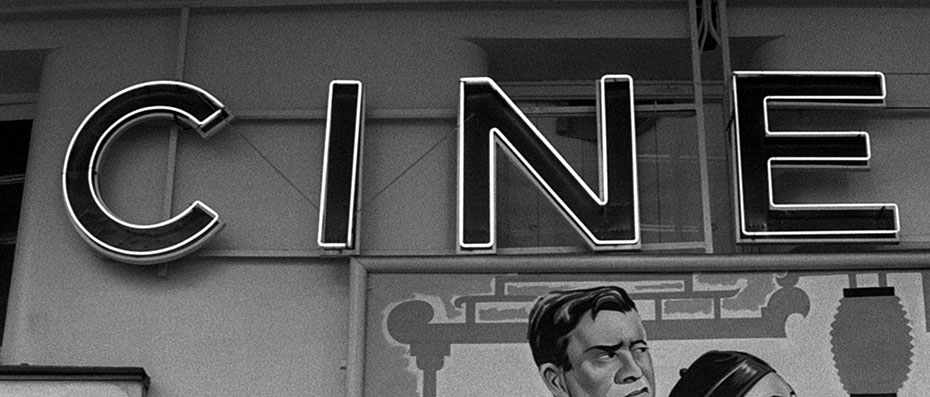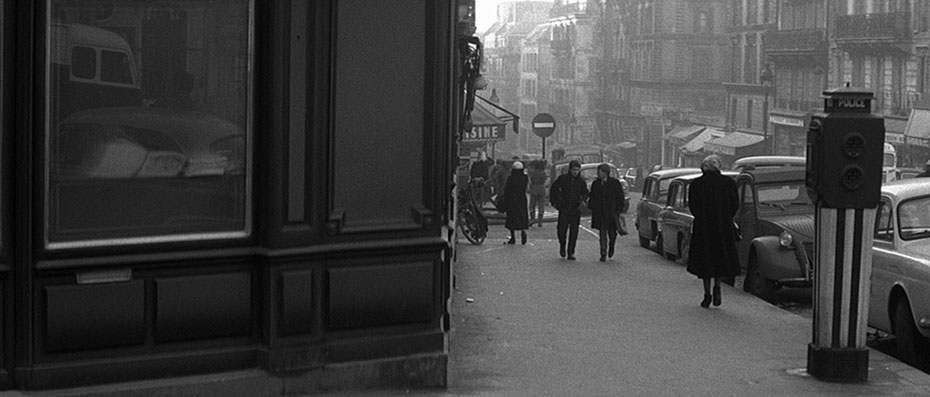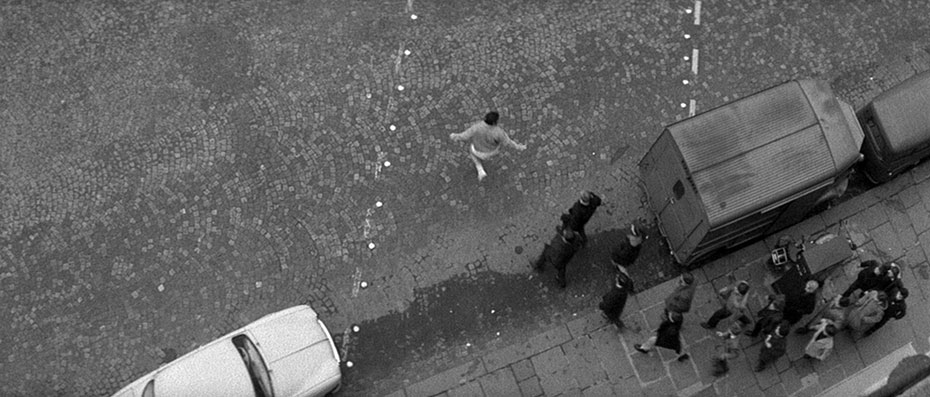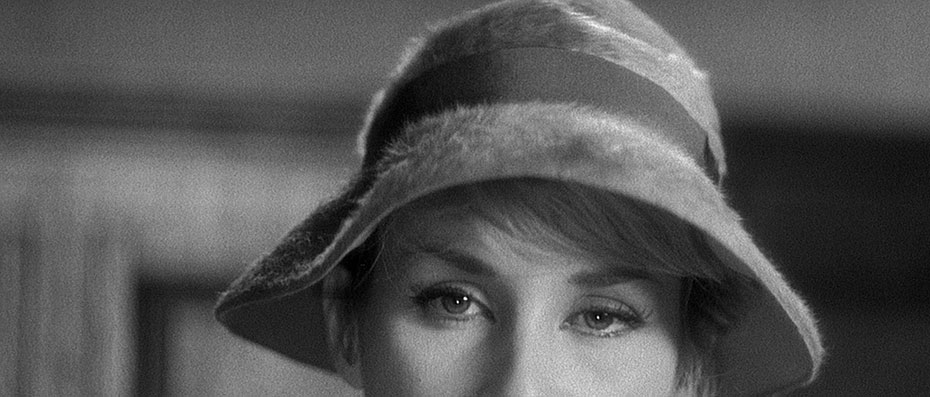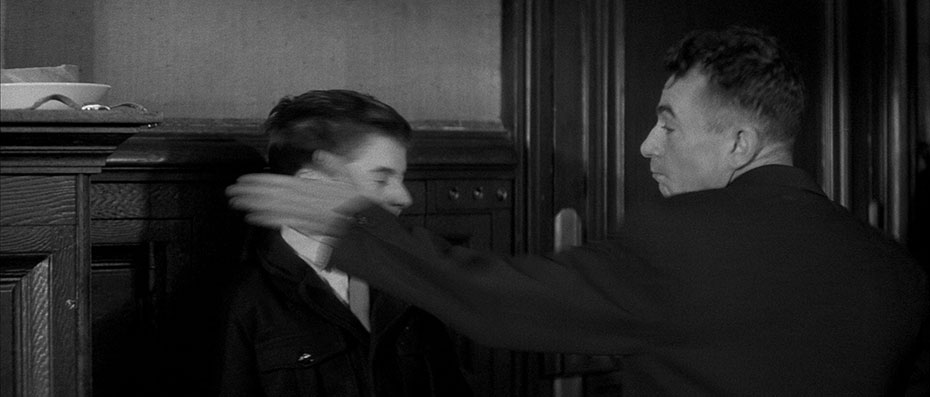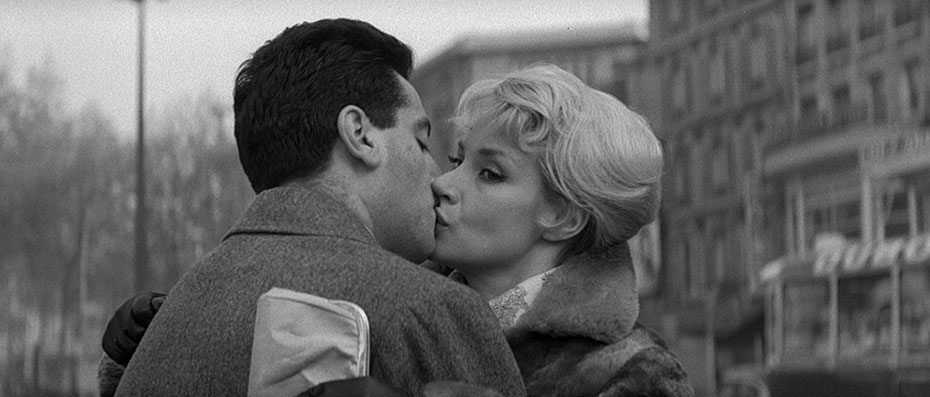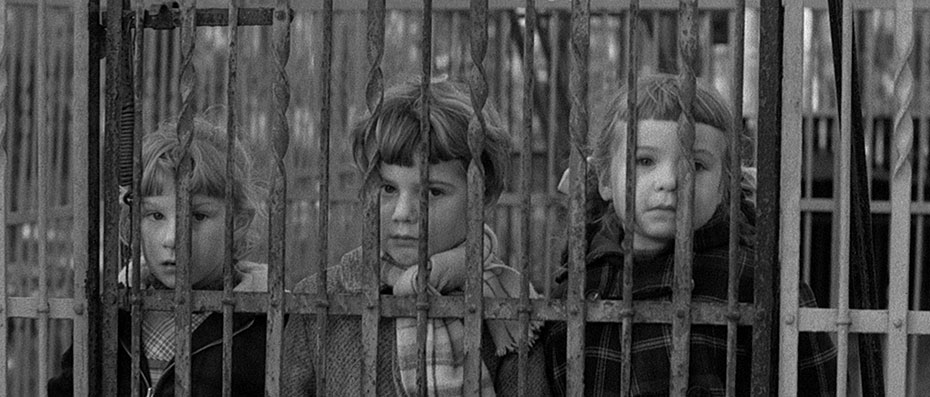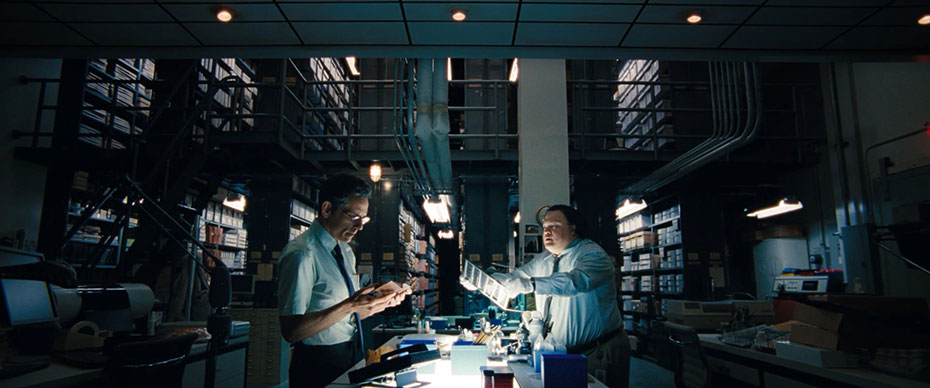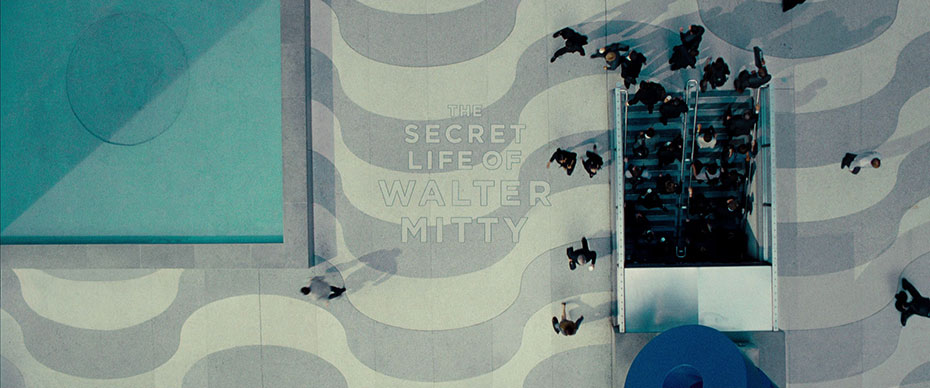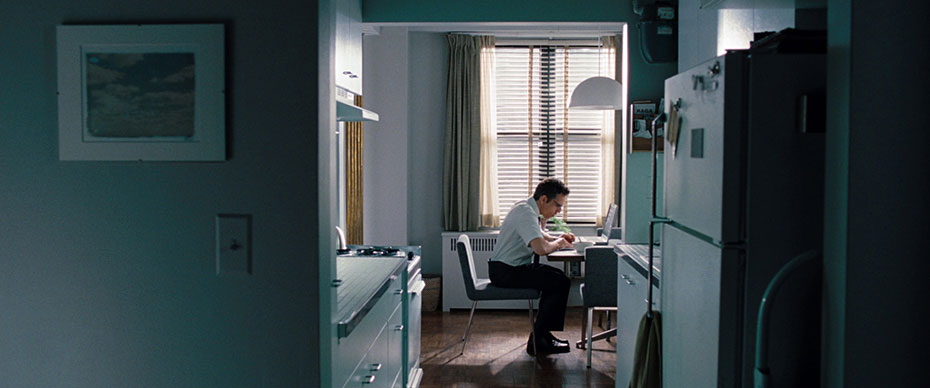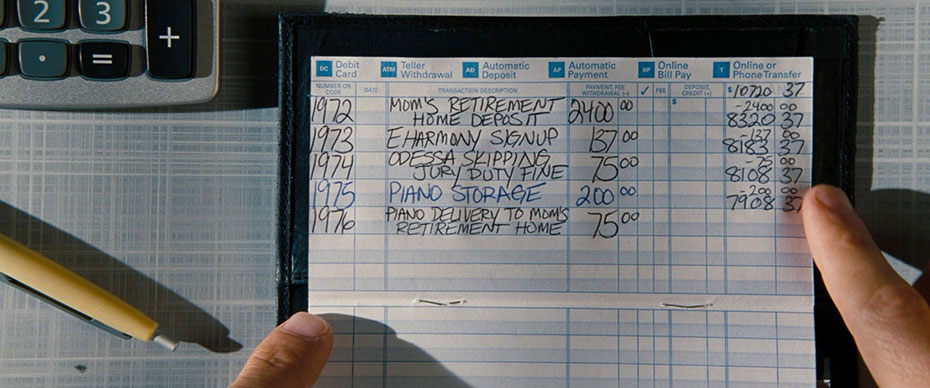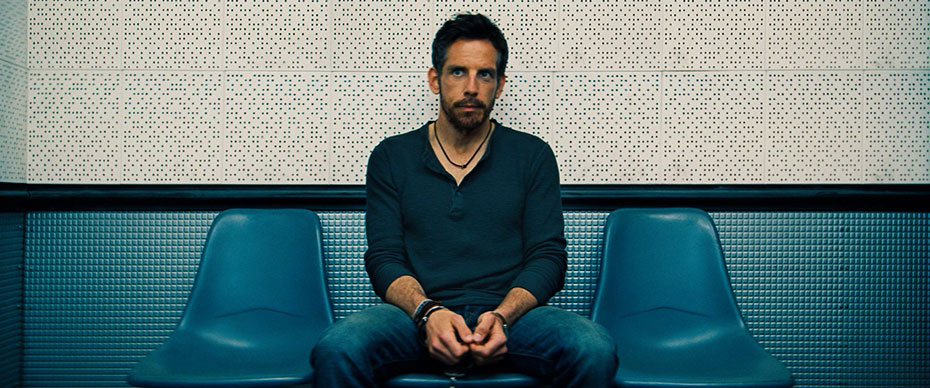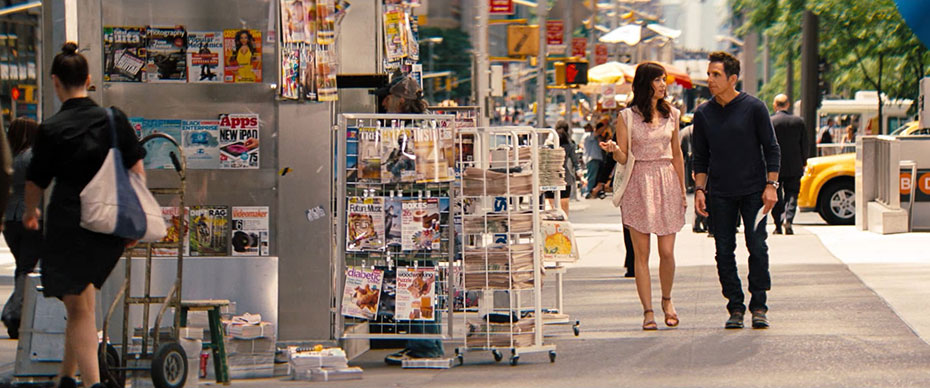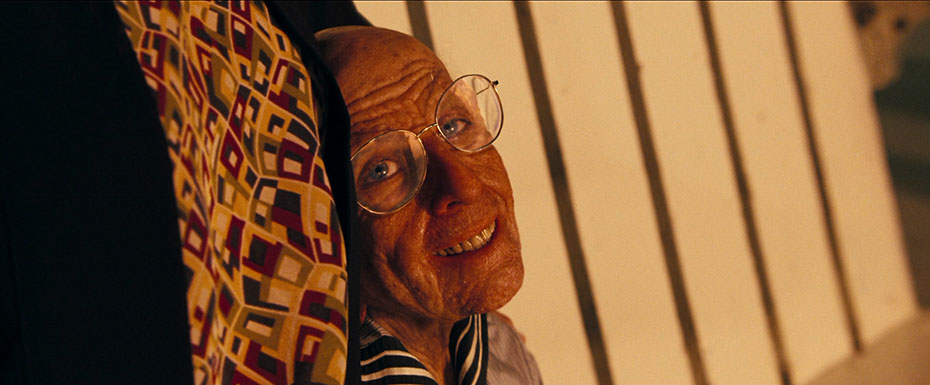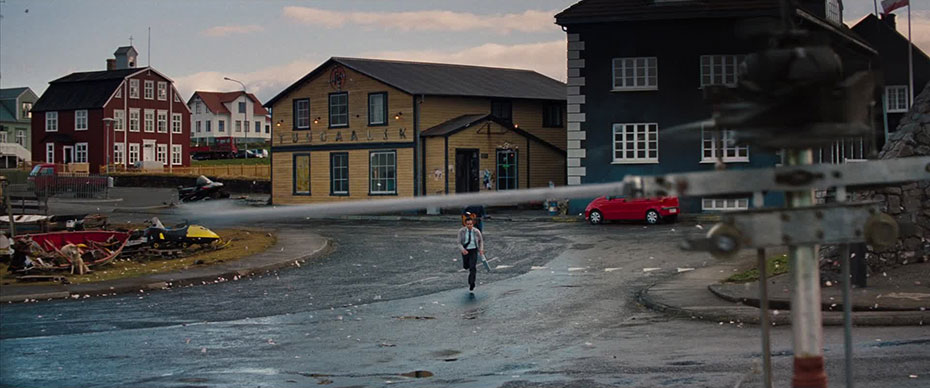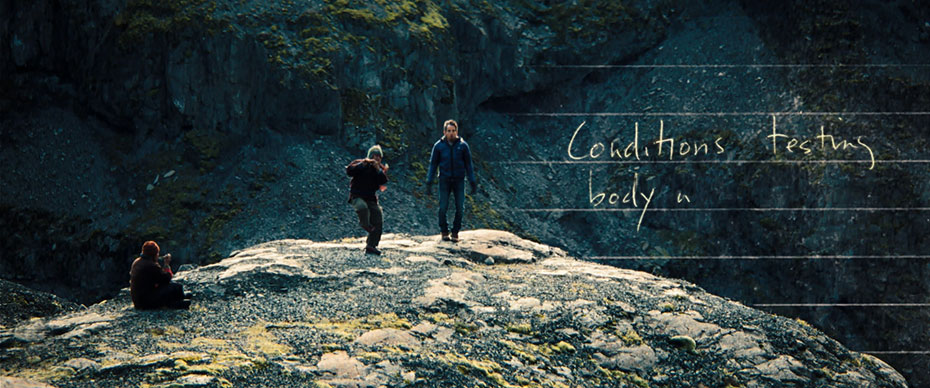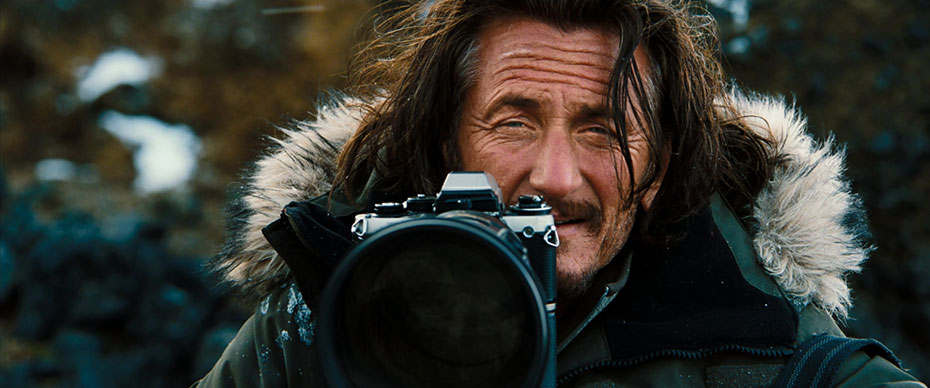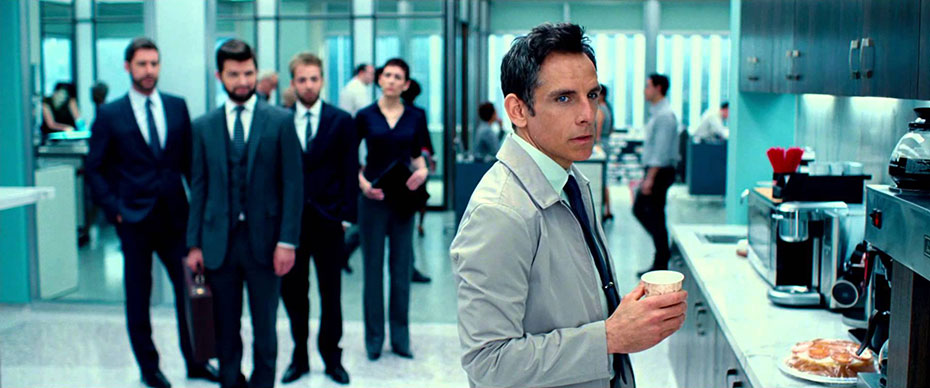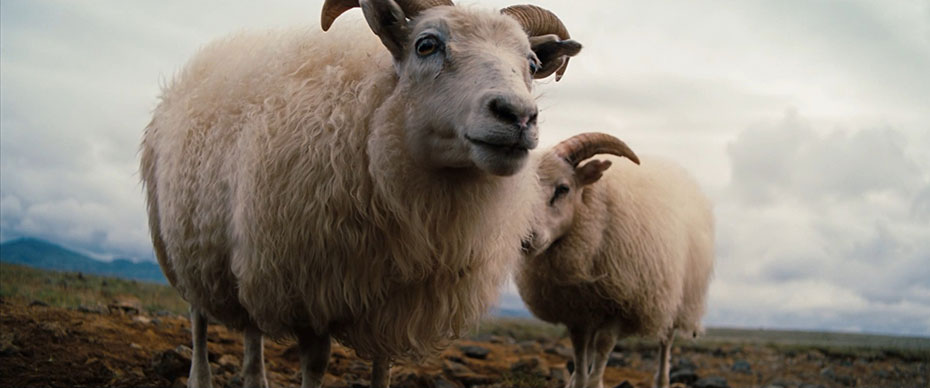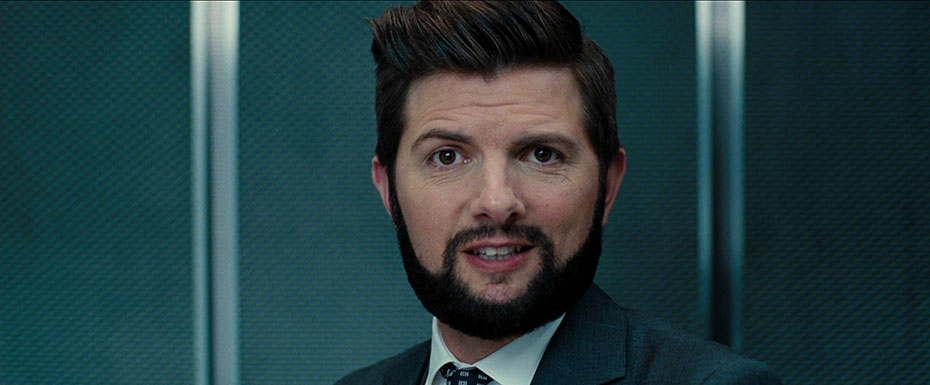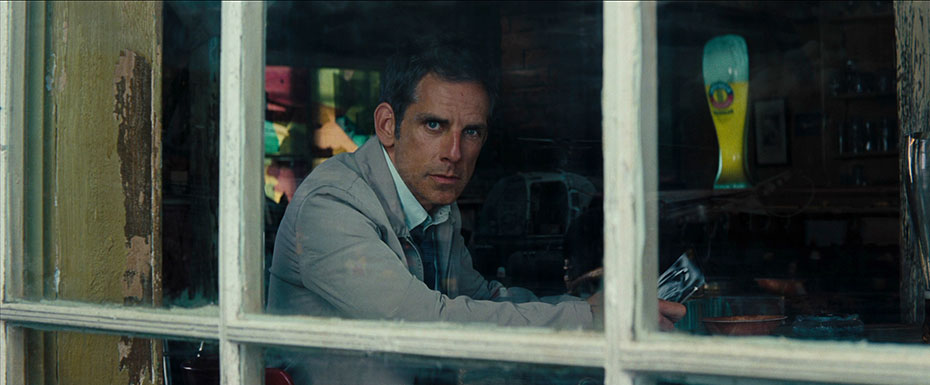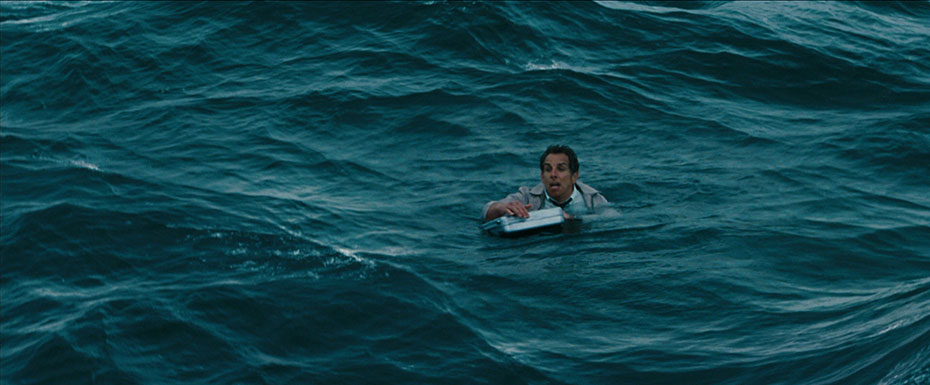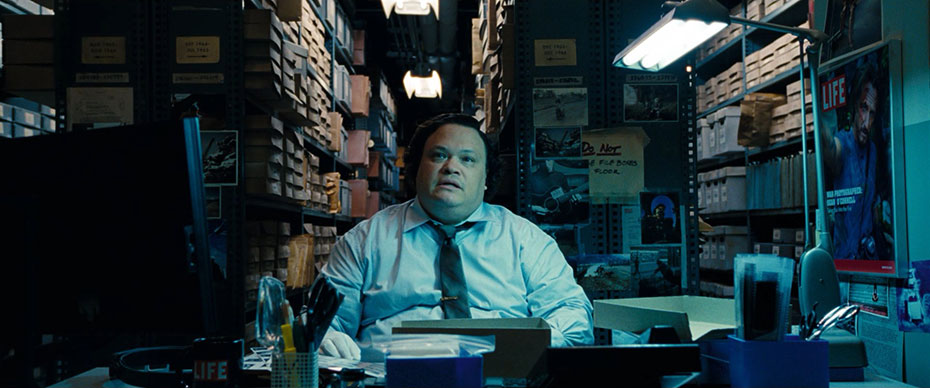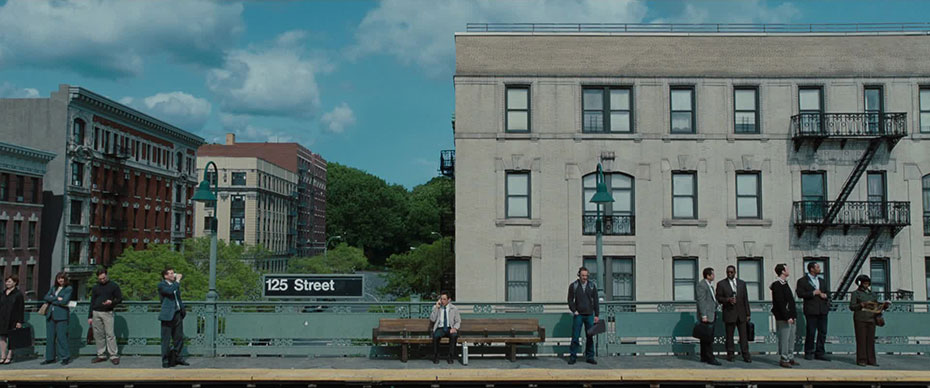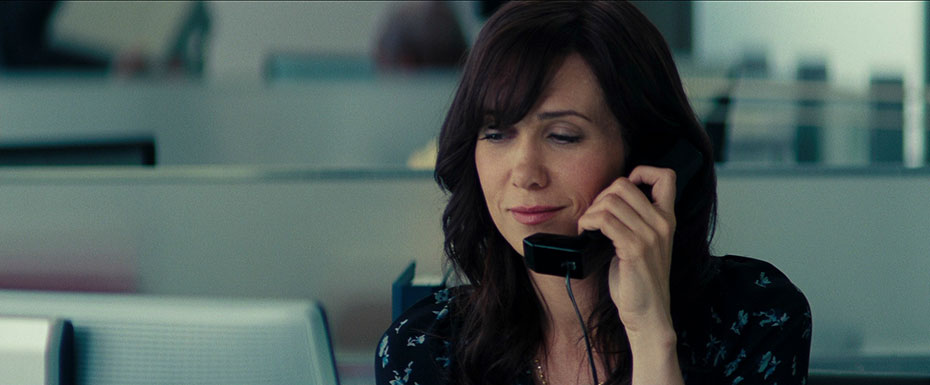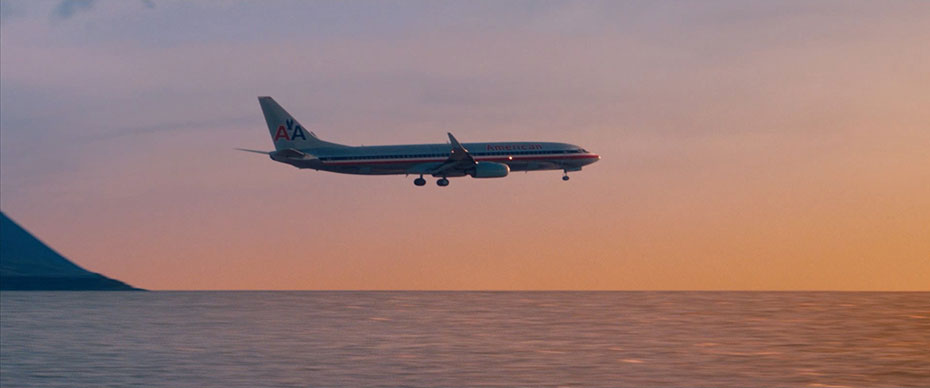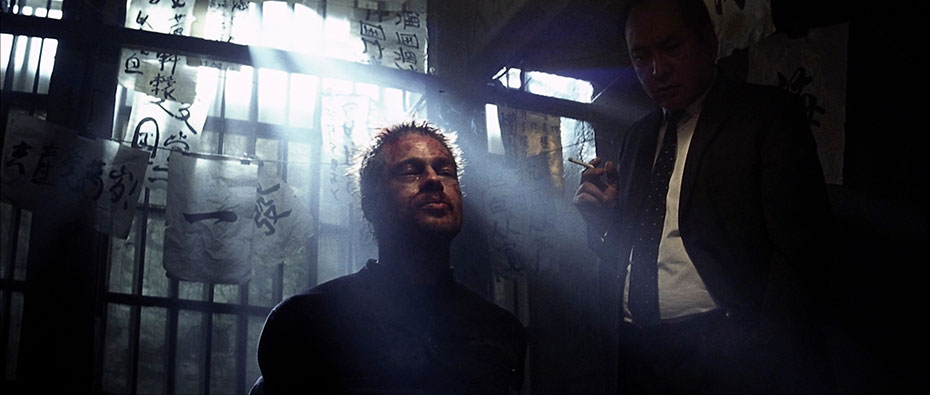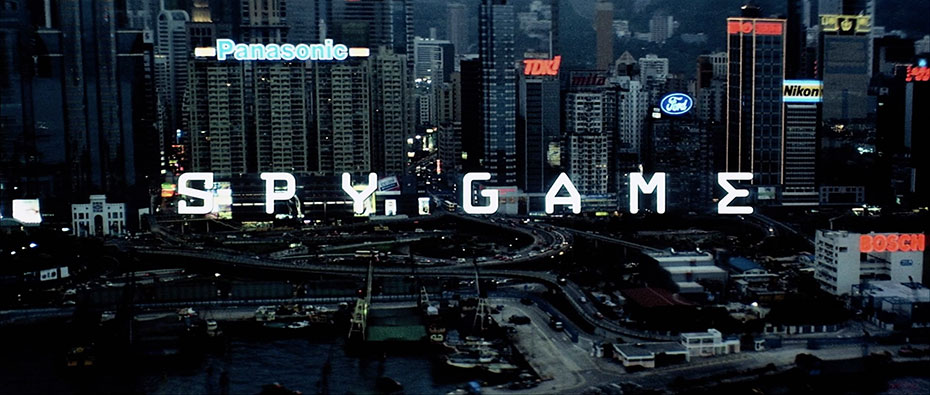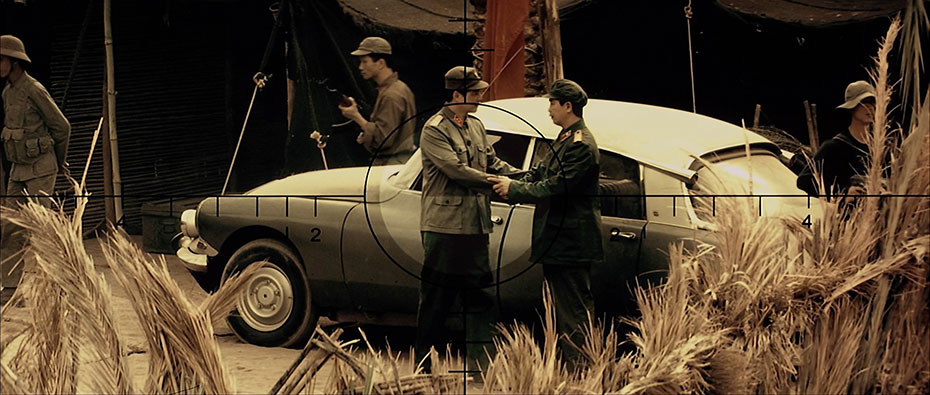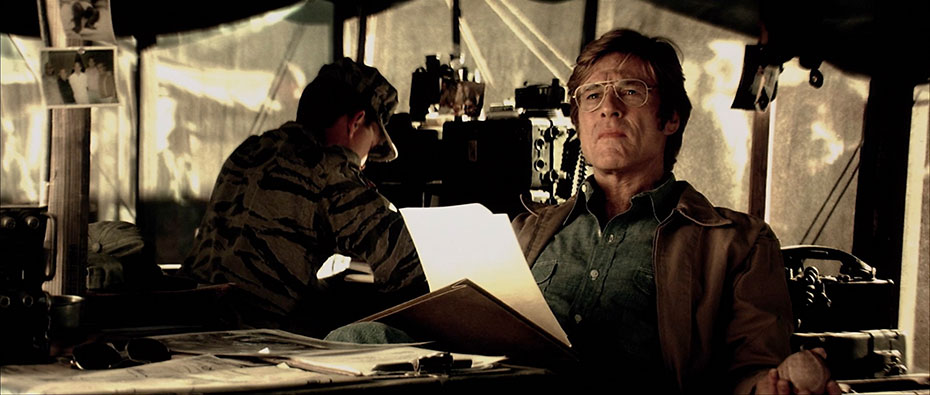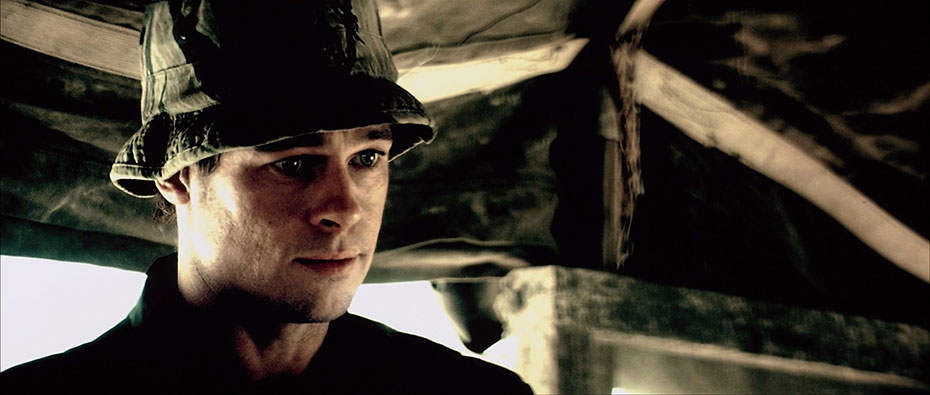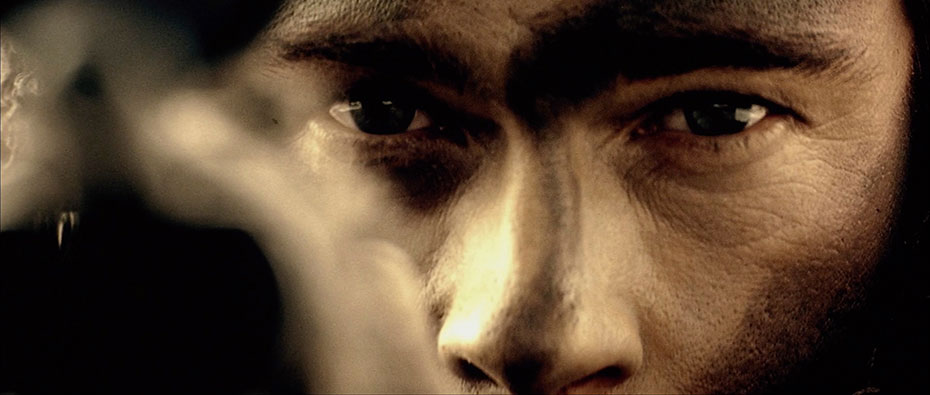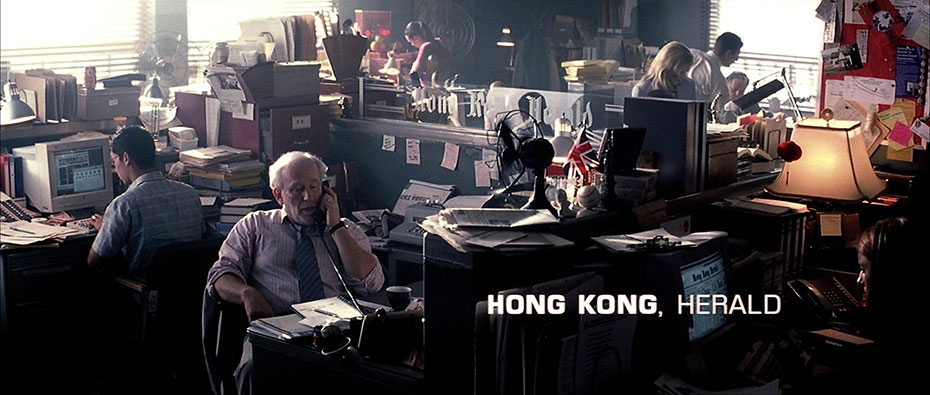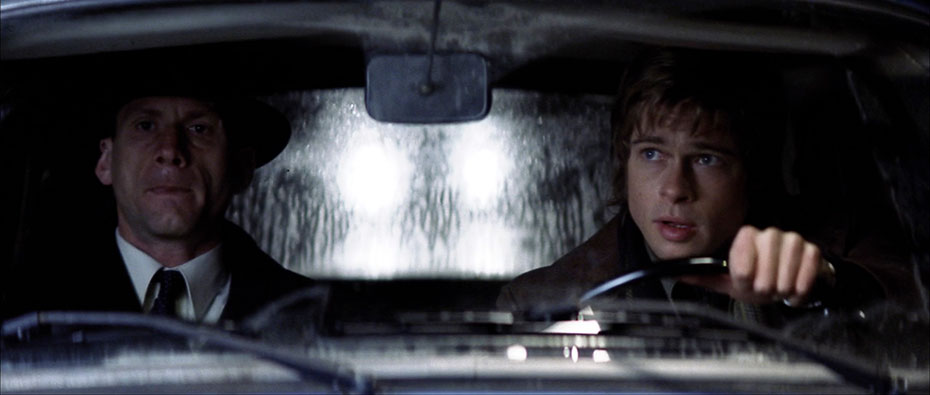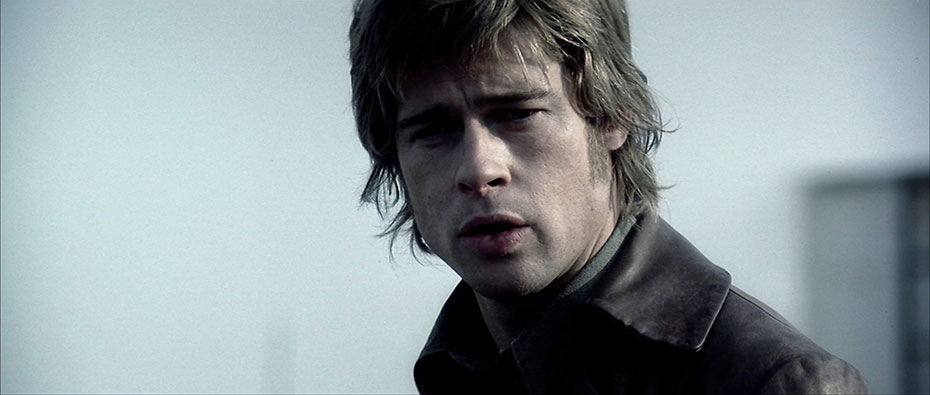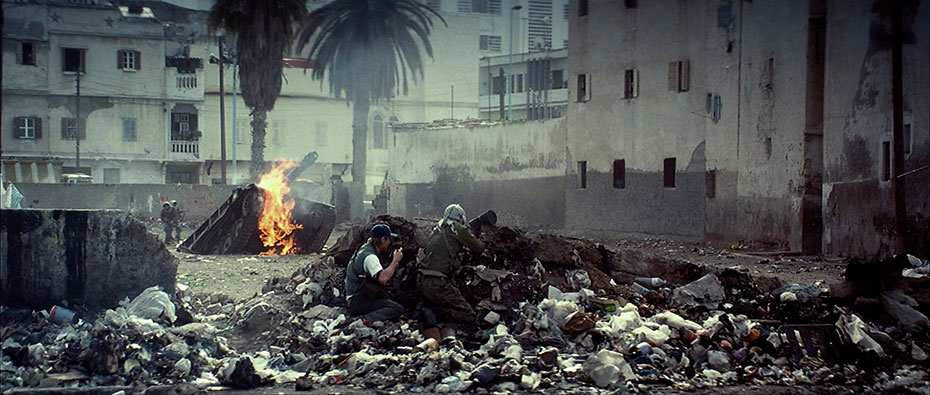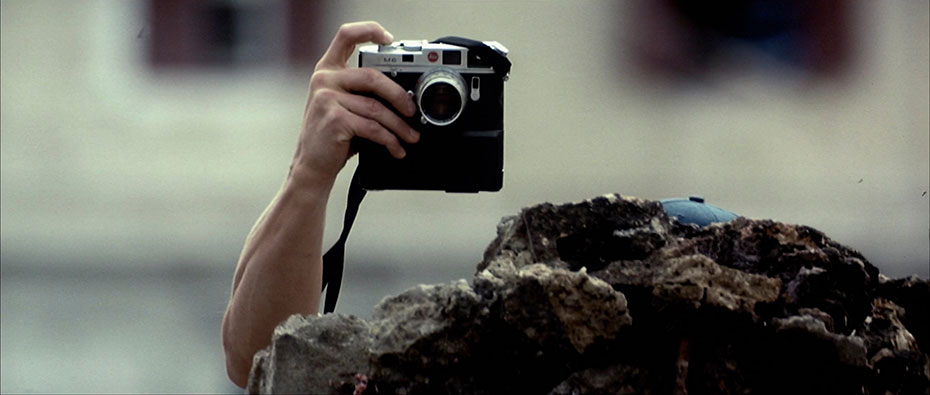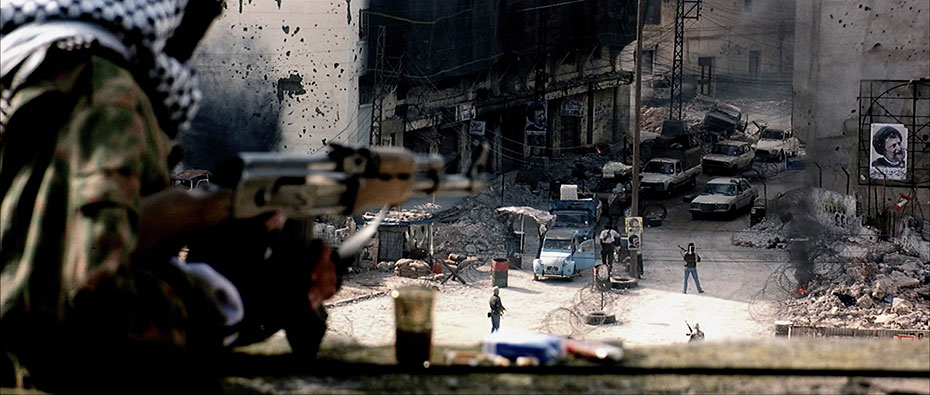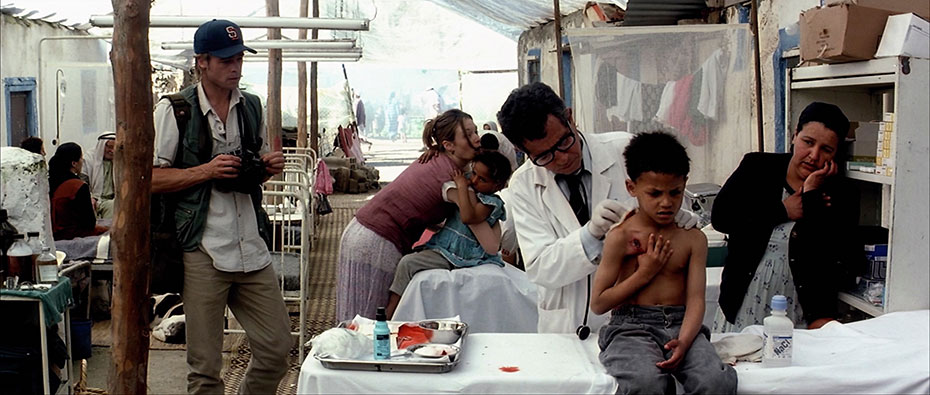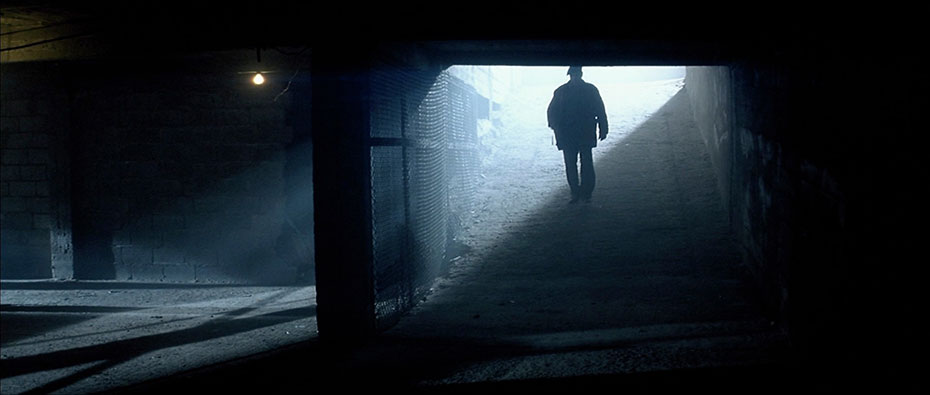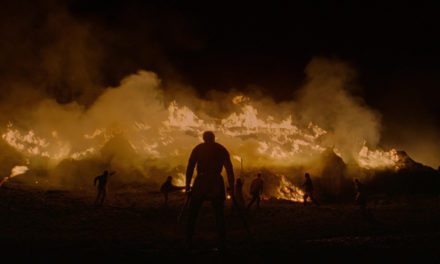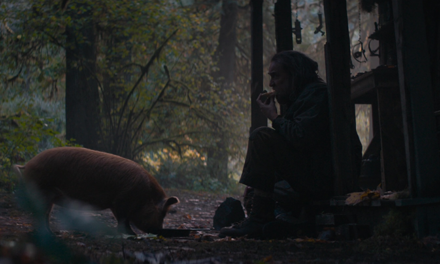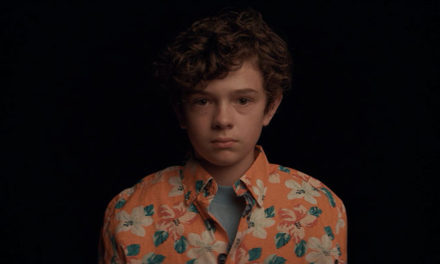THE TUESDAY DROP – 09/21
09.21.21 / New Shots
ROMA (2018)
ROMA is a drama written, directed, produced, and shot by Alfonso Cuaron. The black and white semi-autobiographical film is set in Mexico City in the early 70s and follows the housekeeper, played by first time actress Yalitza Aparicio, of a middle-class family in Colonia Roma. Yalitza Aparicio would go on to be nominated for Best Actress at the 91st Academy Awards. The film was tied with The Favourite for most nominations that year and won Best Foreign Language Film, becoming the first Mexican entry to win the category. Most notably, the film won Best Cinematography and Best Director, both to Cuaron. The film was able to convey a sense of large-scale intimacy with incredibly grand set pieces while always retaining focus on the human interactions within the frame. With its sweeping set design, long takes, and wide shots that captured the total scale of foreground and background, Roma’s visual detail is specific as it is meaningful, raw and challenging as it is graceful and elegant.
PLAYTIME (1967)
PLAYTIME is a French comedic film directed by Jacques Tati. In the film Tati plays the character Monsieur Hulot which is a character who appeared in his earlier films, Mon Oncle and Monsieur Hulot’s Holiday. The story is strung together by six sequences, all linked by two characters, a young American tourist visiting Paris and Tati’s character Monsieur Hulot, who encounter one another throughout a single day. Playtime created enormous set pieces that Tati designed specifically for the film. Tati utilizes both subtle and complex visual comedy combined with inventive sound design and effects that act as a cue to direct audiences’ attention in one area of the frame or another. Playtime was shot in color, however, was made to look and feel black in white which made most predominant colors look almost greyscale. Tati was known to hate close-ups and accordingly chose to shoot the film in large format 70mm so that the nuances of the actors physical performances would be legible to the viewer, even in wide shots.
COLD WAR (2018)
COLD WAR is a Polish historical drama written by Janusz Glowacki, Piotr Borkowski and Pawel Pawlikowski, who also directed the film. Set in Poland and France during the Cold War, expanding from the 1940s until the 1960s, the story ultimately follows the love between a musical director and a young singer he discovers. The film is loosely based on the real life parents of Pawlikowski. Making its premiere at the Cannes Film Festival in 2018, the film would go on to be nominated for three Academy Awards including Best Foreign Film, Best Director, and Best Cinematography (all losing to Alfonso Cuaron and Roma). Like Roma, the film was shot in black and white. Lukasz Zal, the Cinematographer, and Pawlikowski previously collaborated on the 2013 film Ida, another black and white Oscar-nominated film. Zal has noted that the choice of black and white in Cold War was both an effort to capture the relative lifelessness of mid-century Poland as well as a way to accentuate contrast in the images that would underscore the tumultuous emotional relationship of the lead characters.
COLUMBUS (2017)
COLUMBUS is a 2017 drama written, directed, and edited by Kogonada. The film was the feature debut of Kogonada as he rose to popularity for making short video essays about other films and television series. The story follows the son of a renowned architecture scholar, played by John Cho, who ends up stranded in Columbus, Indiana where he befriends a young architecture enthusiast, played by Haley Lu Richardson. The film premiered at the 2017 Sundance Film Festival. Kogonada and cinematographer Elisha Christian make use of natural lines, building design, and long takes to explore the friendship blossoming between the two lead characters. The film relies heavily on wider shots composed in such a way to reflect to the stillness and elegance of the buildings and spaces, creating the overall impression of cinema as architecture itself – objective and unmoved by the emotions and conflicts of the characters who pass through it.
CRY-BABY (1990)
CRY-BABY is a romantic musical comedy that was written and directed by John Waters. The film stars Johnny Depp as a 1950s rebellious teen known as “Cry-Baby” who, along with his delinquent group, create chaos and turmoil in Baltimore by breaking the social norms and by eventually falling in love. The film, shot by David Insley who also shot Waters’ previous film Hairspray, was the first studio-backed film by Waters – a notorious independent filmmaker. Waters and Insley embraced the color palettes of the 50s and paid homage to the music and fashion of Waters’ childhood, both paying homage to and parodying a style of Americana similar to Grease or American Graffiti.
JUDY (2019)
Rupert Goold’s biographical drama JUDY tells the story of American actress Judy Garland, played by Renee Zellweger, following her career during the last year of her life with flashbacks to her time filming The Wizard of Oz as a teenager. The film is an adaptation of the Tony nominated play End of the Rainbow. Zellweger went on to win the Academy Award for Best Actress in 2019 for the film. Goold and cinematographer Ole Bratt Birkeland spend much of the film in tight closeup on Zellweger, tuning the audience into every nuance of Zellweger’s tour-de-force performance and providing them with a deeply intimate perspective that pierces the veil of Garland’s iconic cultural status.
MONSOON WEDDING (2001)
MONSOON WEDDING is an Indian comedic drama written by Sabrina Dhawan and directed by Mira Nair. The film centers around a traditional Punjabi Hindu wedding in Delhi. Monsoon Wedding premiered at the 2001 Cannes Film Festival and went on to receive the Golden Lion award. Mira Nair and Cinematographer Declan Quinn attempted to pay homage to the heightened aesthetics of Bollywood film – bright costumes, vibrant colors, and exuberant dance and music sequences – within the context of a more realistic modern family story. Nair also relied on her background in documentary filmmaking to inform the visual style of the film, including several docu-style montages of everyday life in Delhi, grounding the narrative in a specific time and place.
THE 400 BLOWS (1959)
THE 400 BLOWS is a seminal work of the French New Wave and the directorial debut of legendary filmmaker Francois Truffaut. It tells the story of a misunderstood working class child whose rebellious nature gets him in trouble with the authoritative figures in his life as he seeks the refuge in his friends and the cinema. The film premiered at the Cannes Film Festival, where it won the award for Best Director, and was nominated for Best Original Screenplay at the Academy Awards. Much like their contemporaries in the French New Wave, Truffaut and cinematographer Henri Decae were groundbreaking in their use of self-conscious filmmaking style, drawing attention to the cinematic presentation itself with long panning shots, extended montages over fragments of off-screen dialogue, and even bolder moments of manipulation such as the film’s iconic final freeze frame on the beach.
THE SECRET LIFE OF WALTER MITTY is an American comedic drama directed, co-produced and starring Ben Stiller. The film follows daydreaming Life Magazine photo asset manager Walter Mitty as he goes on an epic globe-trotting adventure to recover a lost film negative. Stiller and Cinematographer Stuart Dryburgh – known for his Oscar nominated work in The Piano – frequently contrast the mundane and muted color schemes of Mitty’s office life with the bright fantastical daydream sequences, creating a visual expression of Mitty’s psychological state akin to other modern American magical realist films such as Big Fish or Being John Malkovich.
SPY GAME (2001)
SPY GAME is an American action thriller starring Robert Redford and Brad Pitt and directed by Tony Scott. The film was one of the first features of cinematographer Dan Mindel who would go on to become a frequent collaborator of J.J. Abrams – shooting such blockbusters as Mission Impossible III, Star Trek, and Star Wars: The Force Awakens. On Spy Game, Scott and Mindel made frequent use of bold contrast and desaturated or tinted colors to create a specific visual marker for the different geographic locations throughout the film. The Vietnam sequences make use of golden almost sepia-toned colors while the scenes in Germany are pushed more toward adesaturated blue tonality. Other techniques such as black-and-white freeze frames and a constantly moving, restless camera all work to create a feeling of constant anxiety and lurking danger that was a hallmark of Scott’s gritty approach to action cinema.

